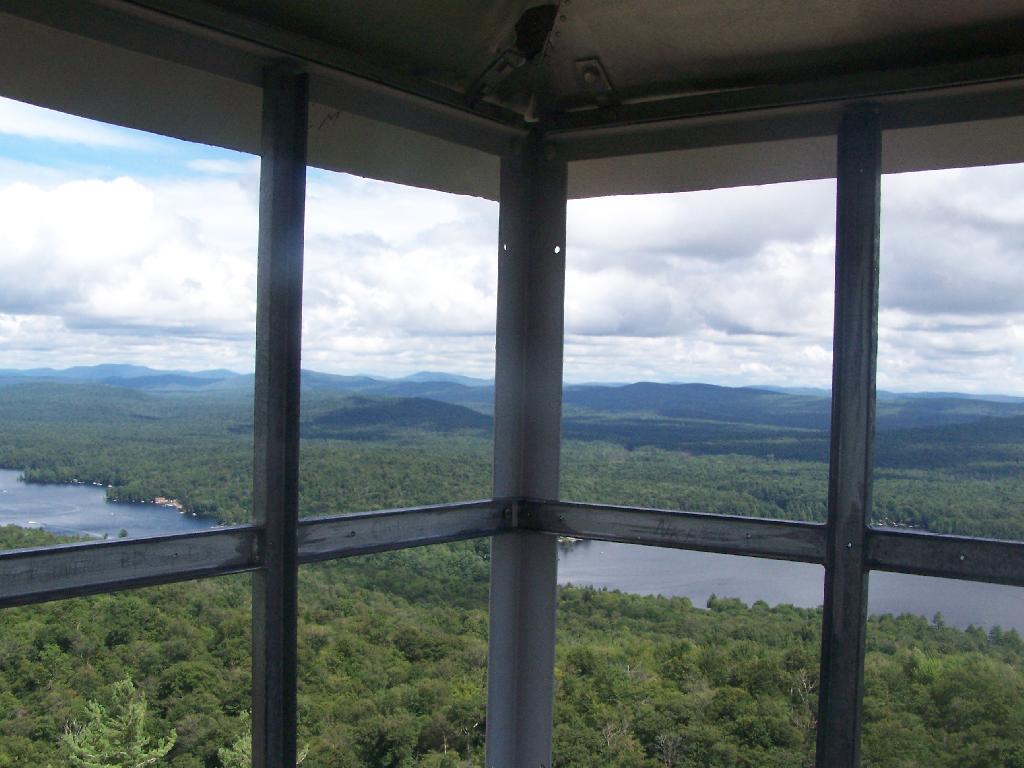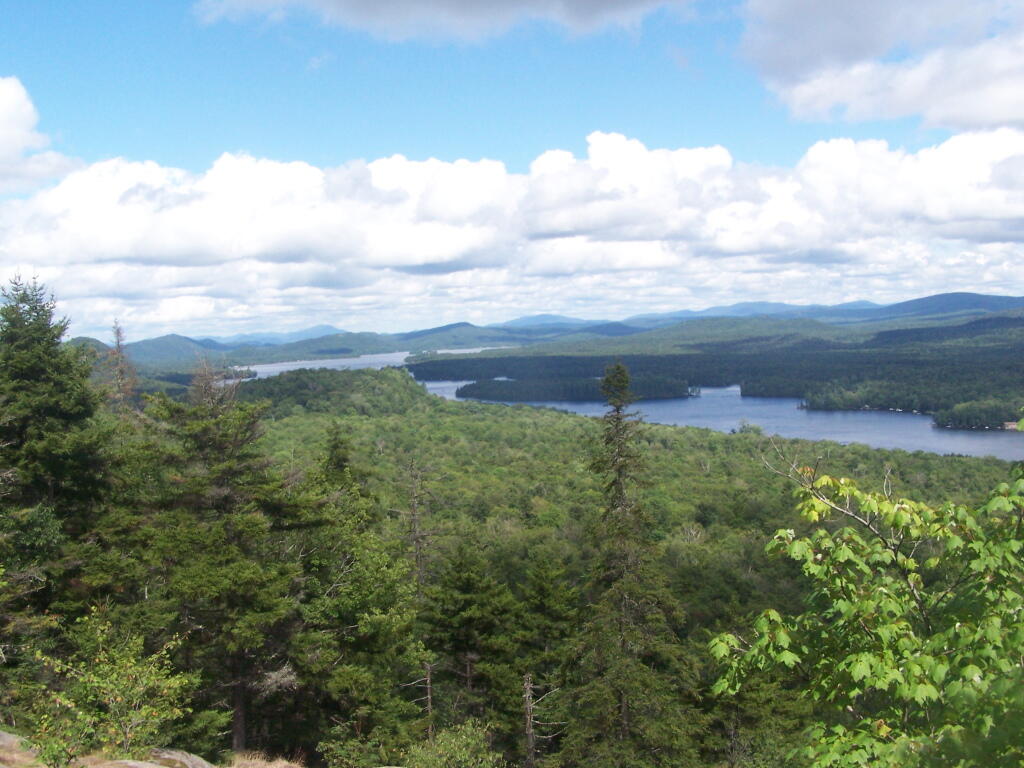Ross Farrell
110 Watervliet Avenue
Albany, New York 1220
(via electronic mail)
Dear Mr. Farrell:
I am writing you with my comments and concerns about the proposed CDTA Albany County Route Restructing. I am a regular rider of the Route 18 and Route 19 CDTA buses to and from Downtown Albany where I work for the NYS Assembly. I ride over 3,000 miles per year on CDTA, which allows me from having to avoid driving my big pickup truck in the city or paying for parking.
During session nights I frequently work after 9 PM or have a risk of working after 9 PM. Continuing service until 11 PM, reduces my need to drive downtown except for rare occasions. I was quite happy to see service expanded to later nights.
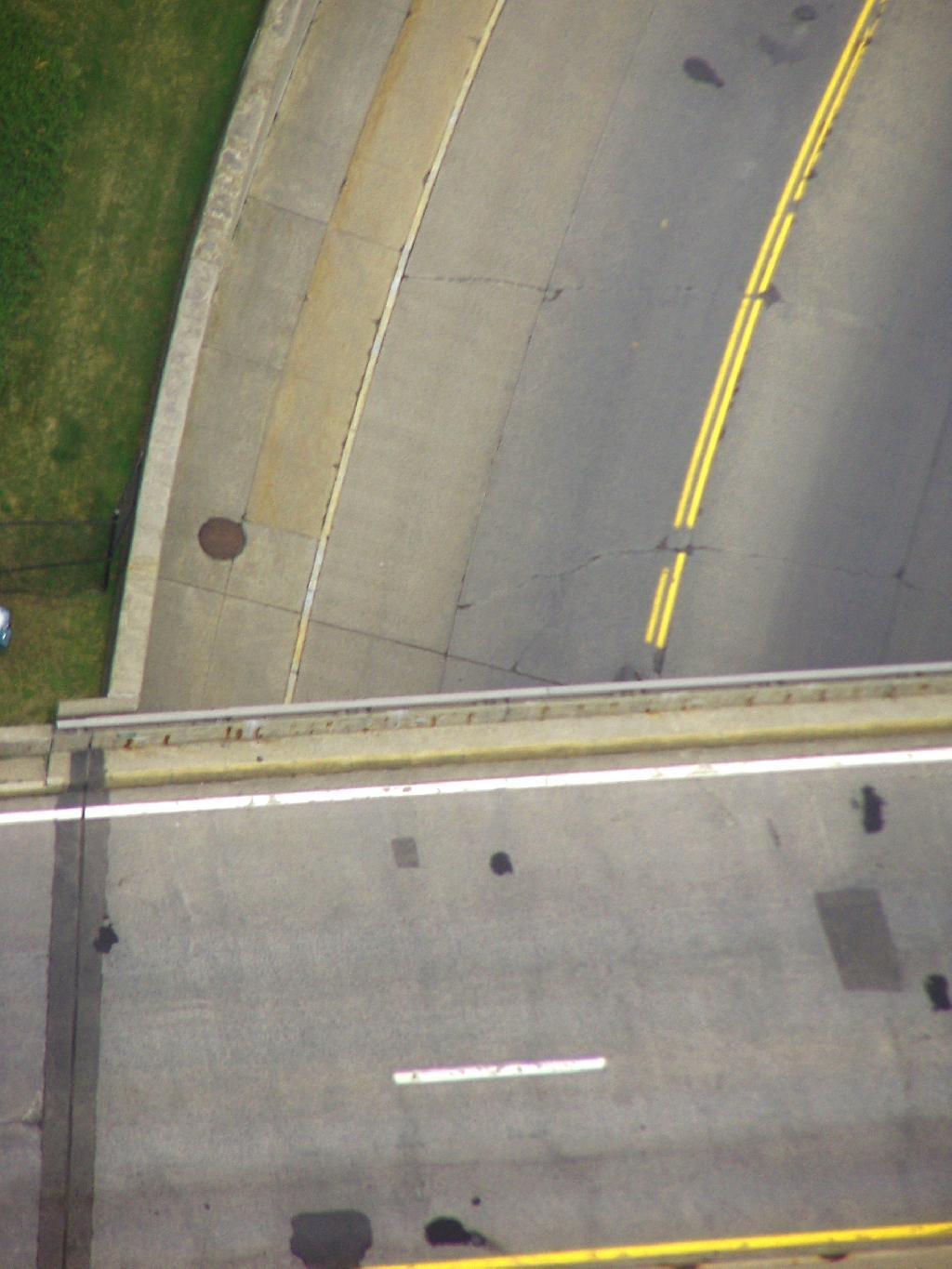
Public’s Right to Know.
1) I would urge CDTA to extend the comment period for the Albany County Route Restructuring until at least August 21, 2011.
2) CDTA must disclose proposed schedules and further details on proposed route changes, rather a broad overview of plans. The public must have right to review detailed plans, and offer suggestions for improvements — such as start times, routing, placement of bus stops. Simply putting GIS data online might be valuable to interested users, and would avoid unnecessary Freedom of Information Law requests.
3) The public has the right to know about plans for so-called suburban and express bus service. Will the Route 19 service be canceled or reduced? How will it interact with Route 18 local service?
Unlawful Segmentation of Albany County Bus Service Plan.
4) The exclusion of “Suburban Bus Service” and “Urban Bus Service” in the proposed Albany County Route Restructuring is an unlawful segmentation of the Albany County Restructuring Project under both the National Environmental Policy Act and the State Environmental Quality Review Act.
CDTA, unlike the Metropolitan Transit Agency, is not exempt from SERQA. Any negative declaration given to this proposed restructuring is therefore illegal, and could be subject to Article 78 CPLR action by citizens against CDTA. See Concerned Citizens for the Environment v. Zagata, 243 AD2d 20 (3d Dept 1998) and Aldrich v. Pattison 107 AD2d 258 (2d Dept 1985).

Route 18 Improvements: Needed and Sensible.
5) I support the expansion of Route 18 service until 11 PM. However details are not provided. Will the service go all the way to Price Chopper until 11 PM, or will the buses turn around at the Four Corners ? How frequent will the service be? CDTA should disclose such information to the public on it’s website.
There should be at least hourly service in evenings, with last bus leaving Albany around 11 PM, and the service should go all the way out to Price Chopper, and allow easy transfers between Route 13 and Route 18 until the last buses run in the evening.
Later night service is handy for the many legislative employees who work late into the evenings, and need a convenient way to get home after the last 9 PM bus runs out to Delmar. It also is great for those of us who attend functions after work, and do not wish to drive home after having a couple of drinks.
6) I support the plan to consistently route buses through Delmar via Cherry and Delaware. This will make it less confusing, and adds additional services to the many apartments along these roads.
7) I support having the Route 13 and Route 18 hub out of Price Chopper in Slingerlands. Will this occur all day long, including evenings? Will Route 18 buses become Route 13 after layover, to allow riders to continue on the same bus, after a short layover to destinations off of New Scotland Ave?
8) I am not opposed to reducing service to Grove Street to the Route 19 Express service. Grove Street in Slingerlands has minimal ridership.
9) I am neutral on expanding service to Sundays. For senior citizens or those without cars, this is a good thing.
10) While not part of this plan, I would encourage a rationalization of the times that the Route 19 Express service runs. I would encourage the Route 19 start times to change to the following: 7:15 AM depart Voorheesville (arrive at Orange and Broadway at 7:57 AM), and 8:15 AM depart Voorheesville (arrive at Orange and Broadway at 8:57 AM). The schedule times that Route 19 bus runs in the evening are acceptable, but consider possibly running a 6 PM bus if revenue hours permit it.
Thank you for considering my comments.
Sincerely,
Andy Arthur
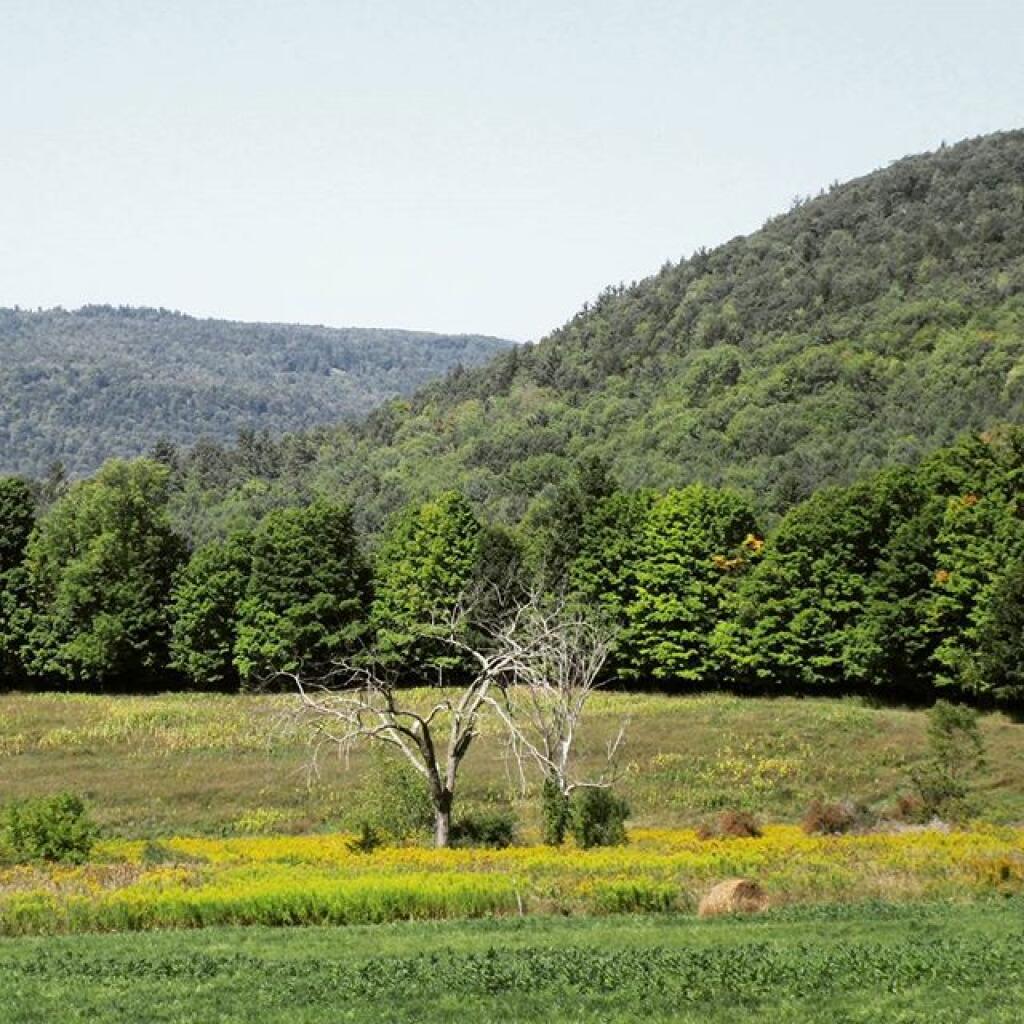


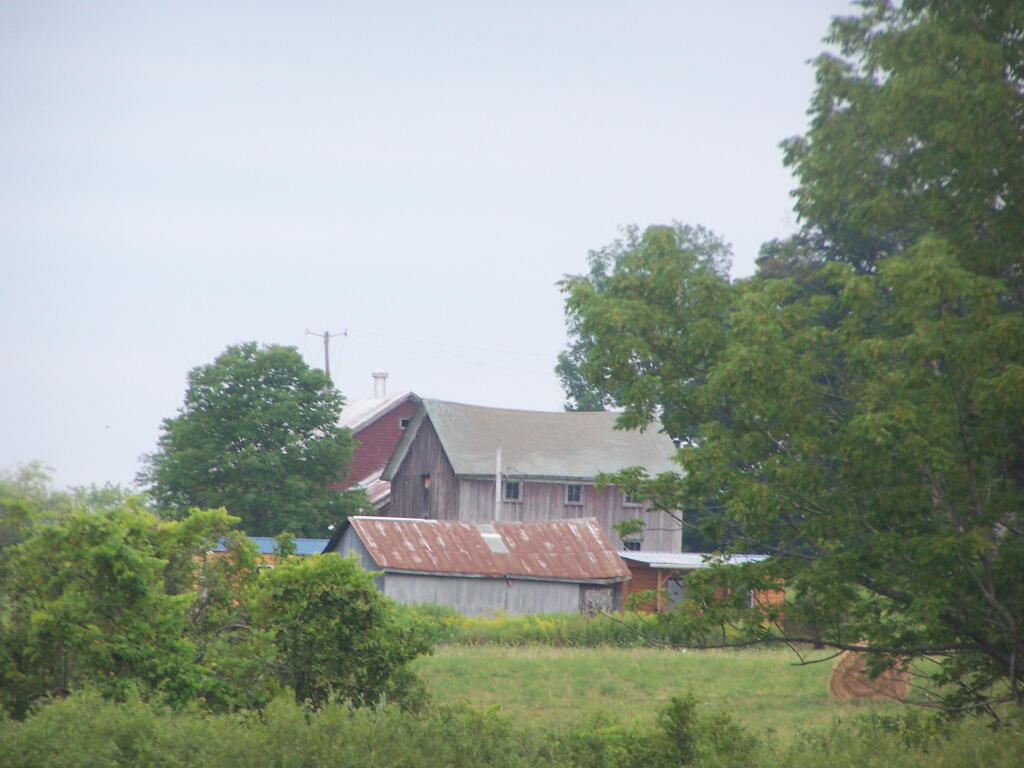

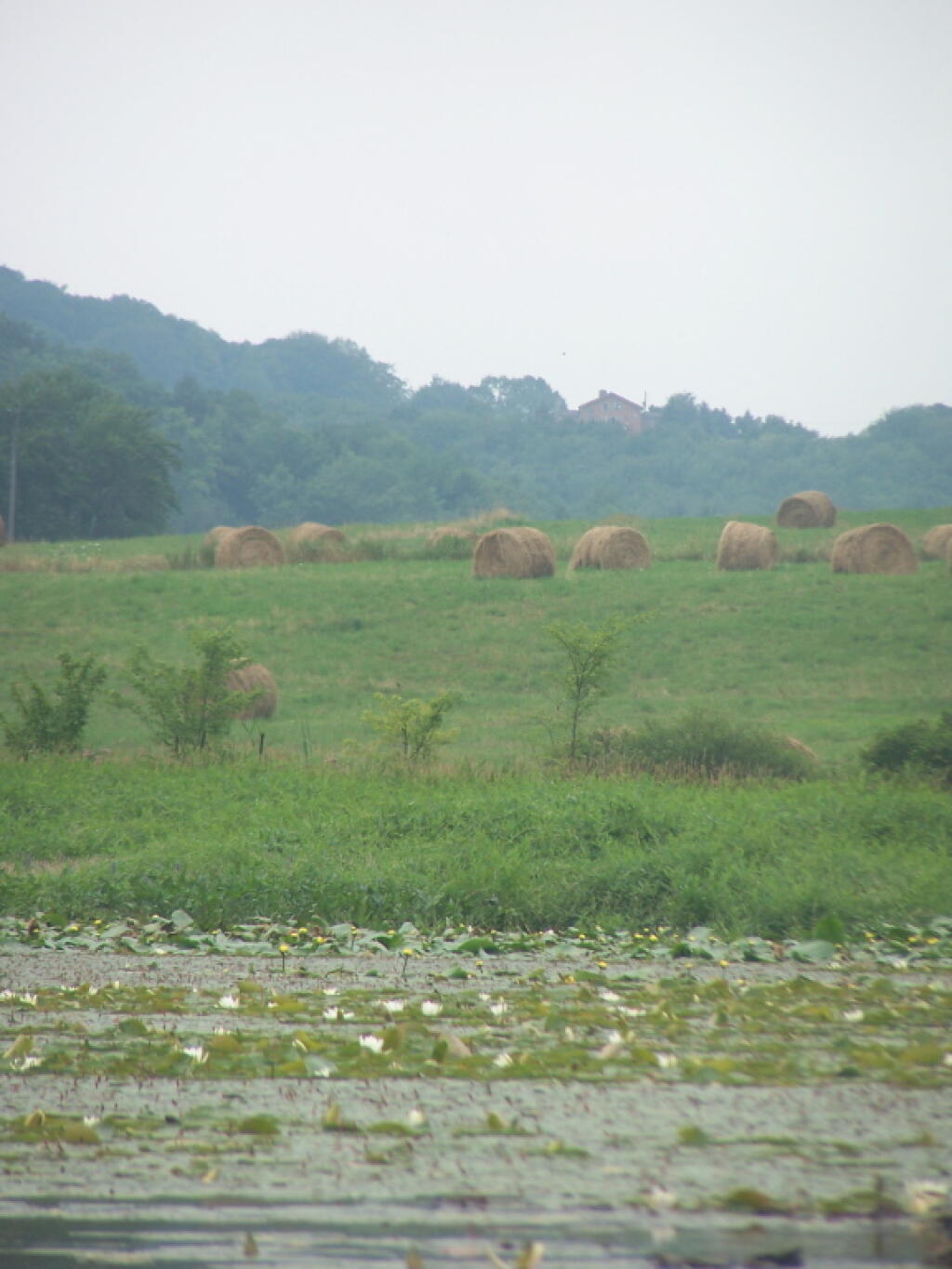

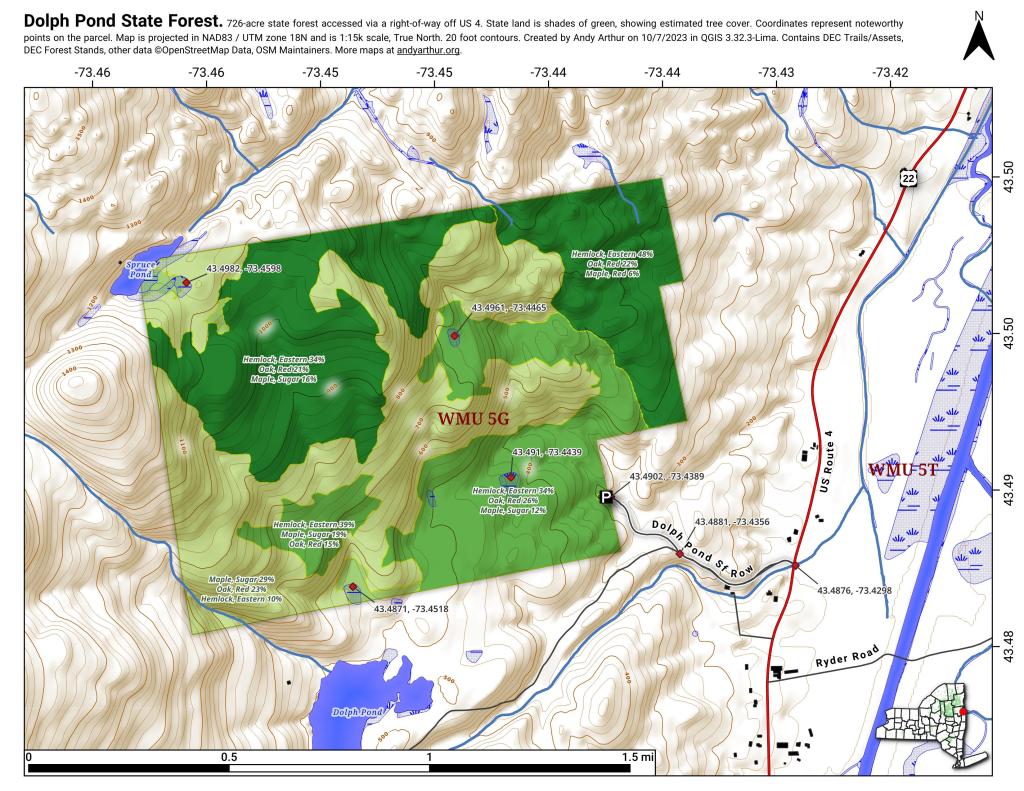
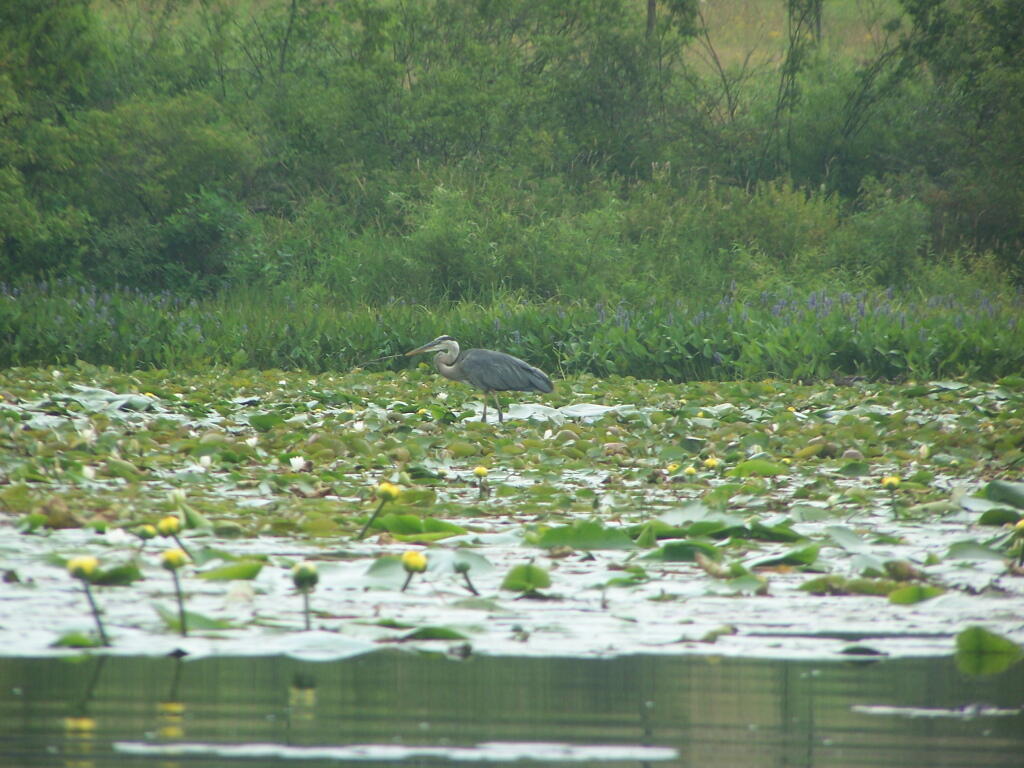
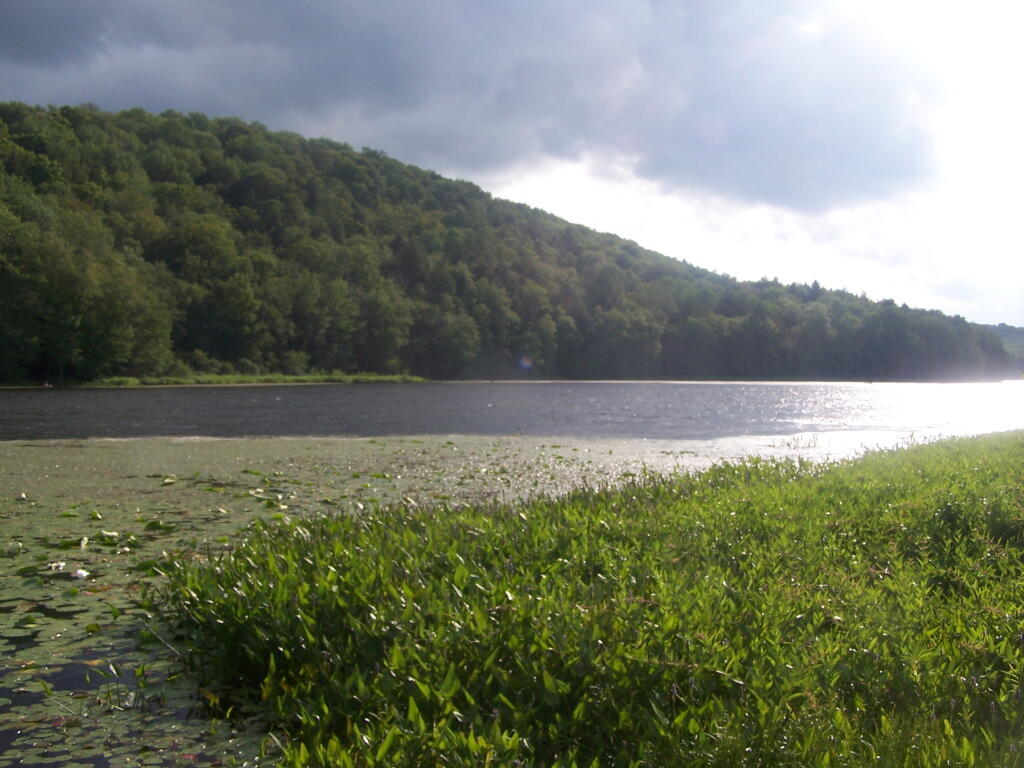
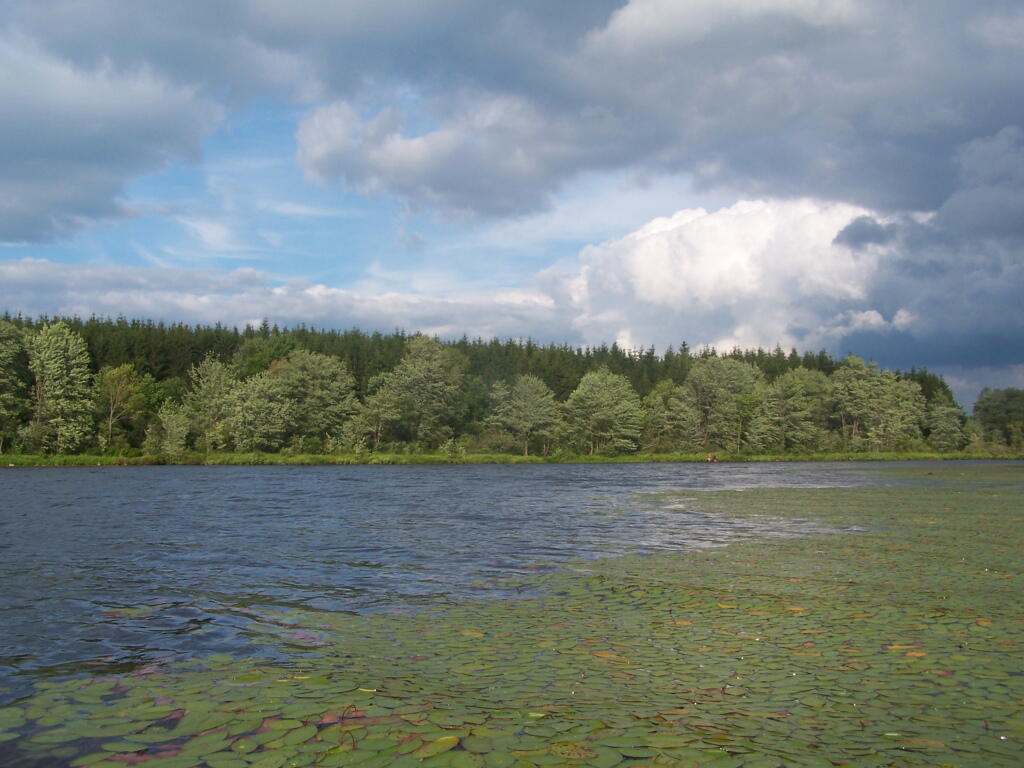
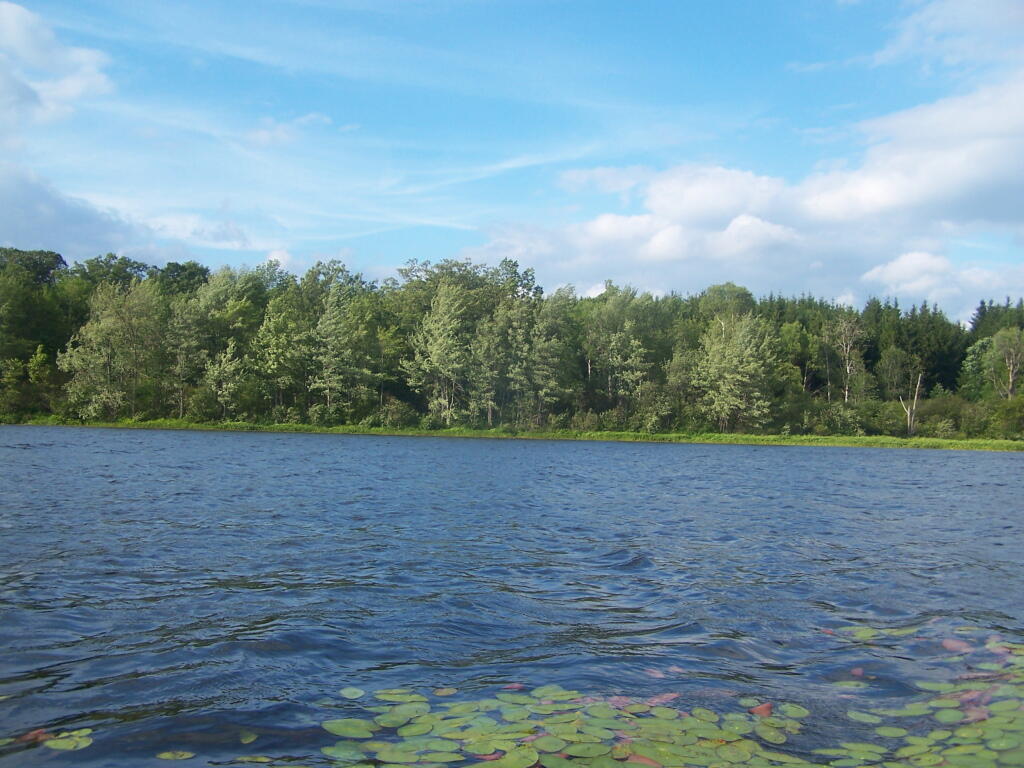
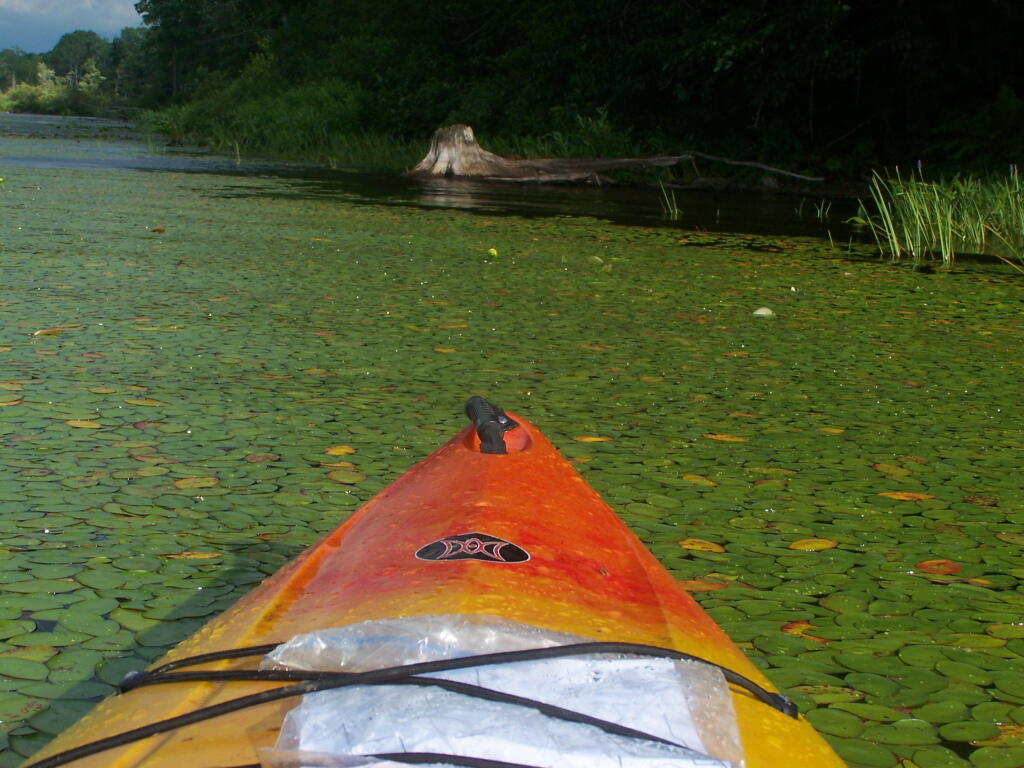


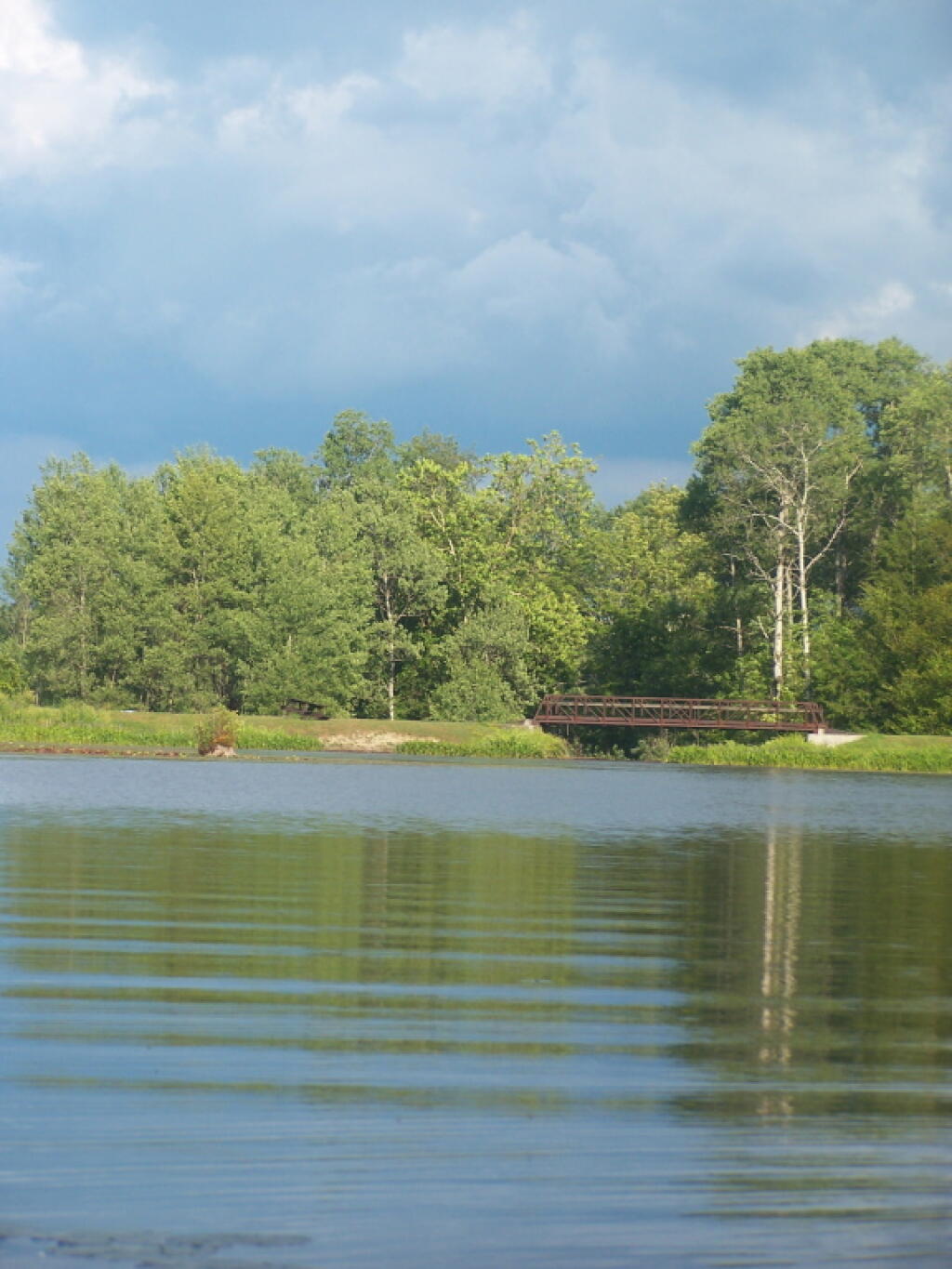
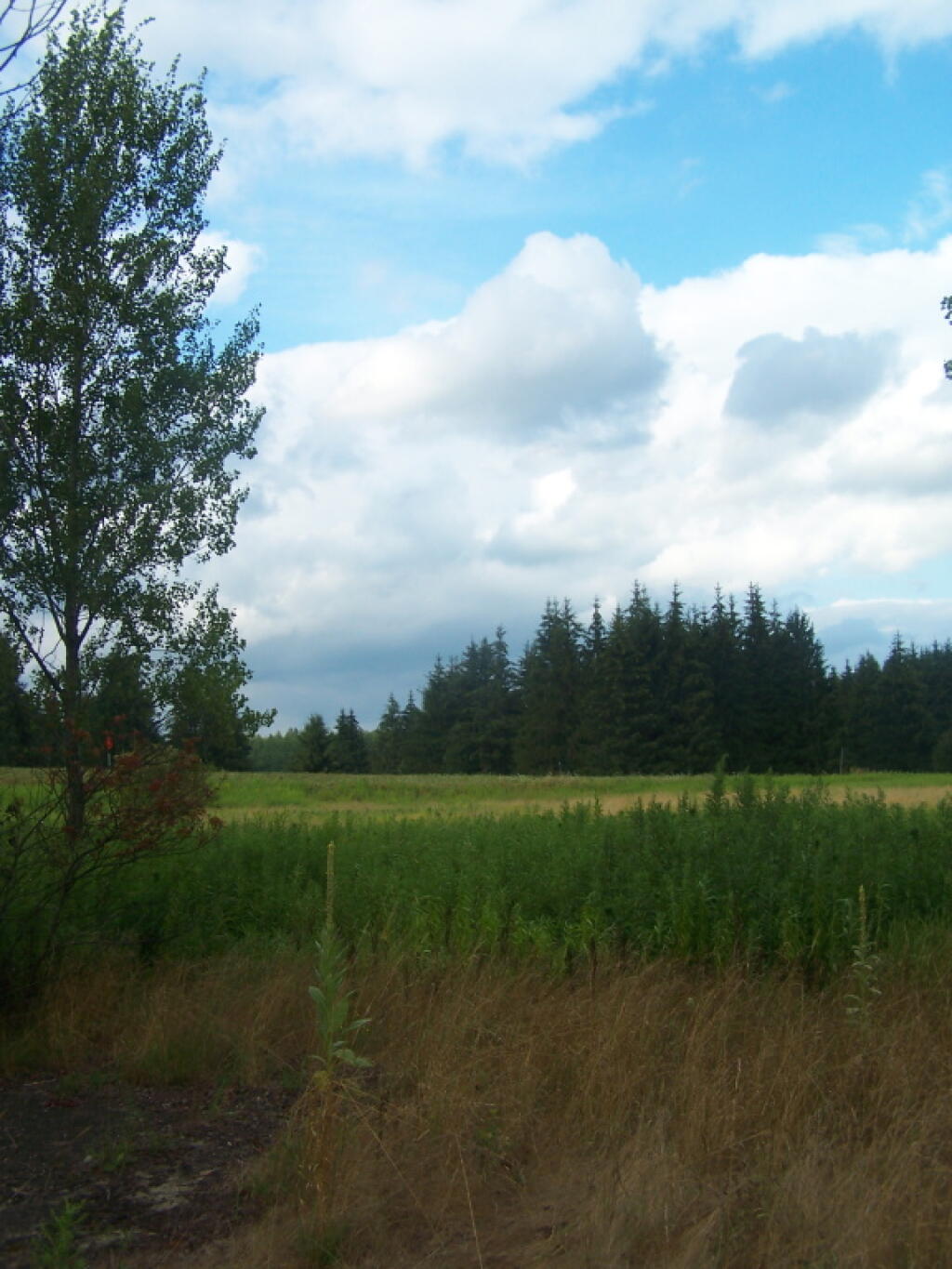

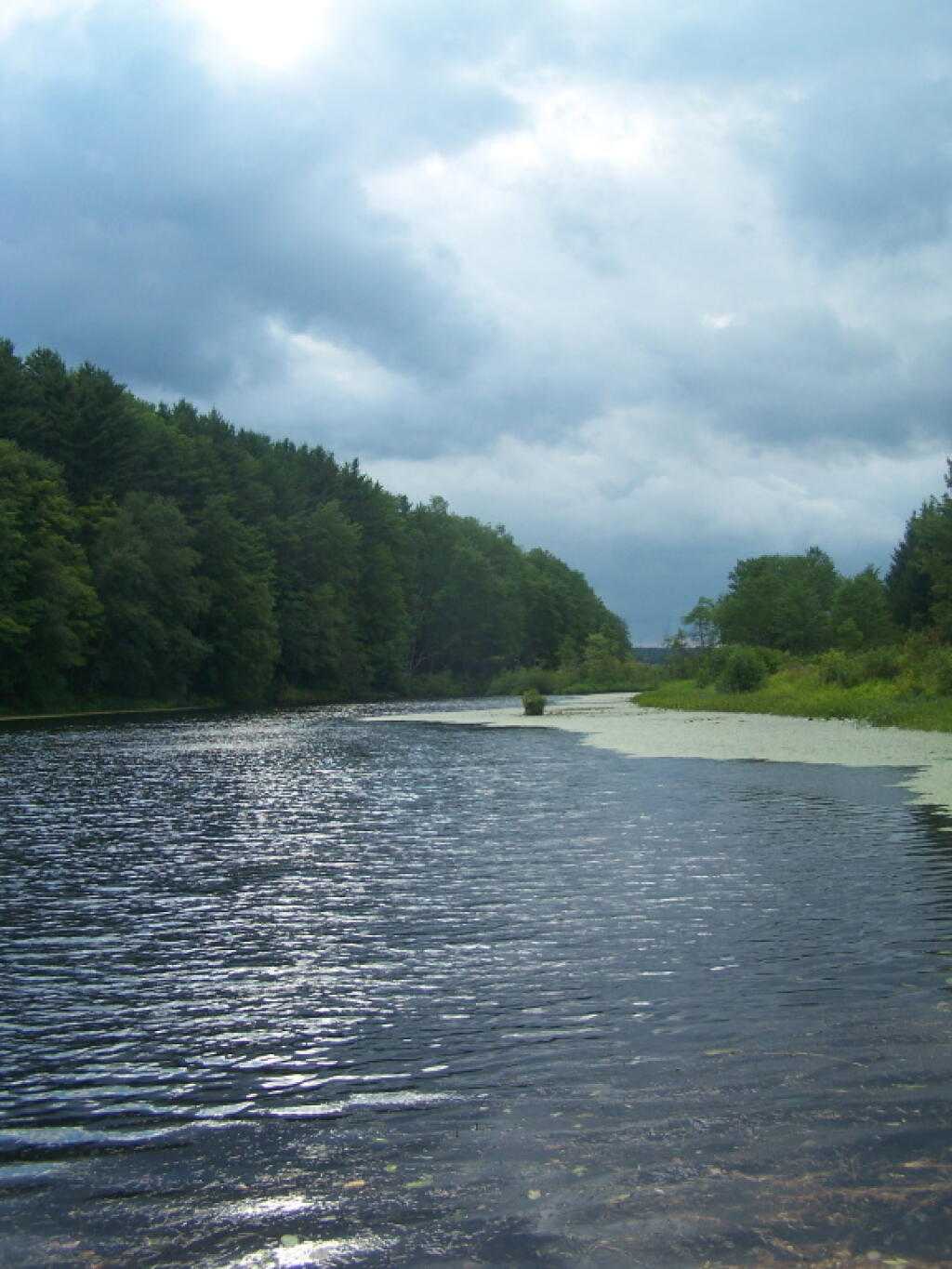
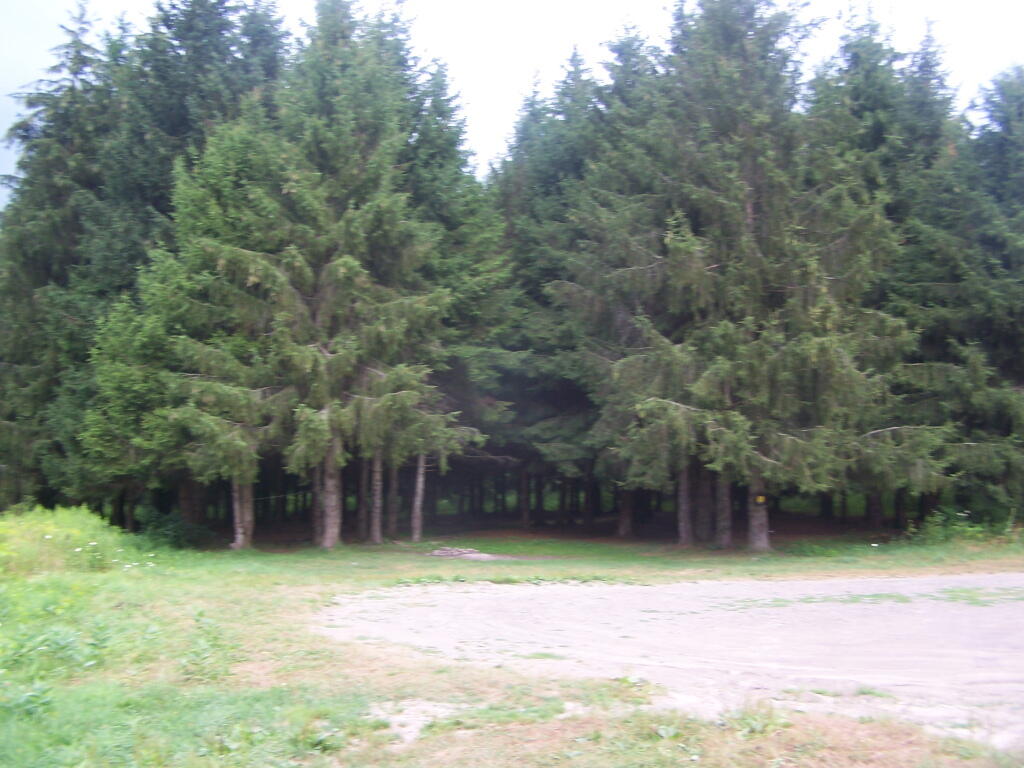

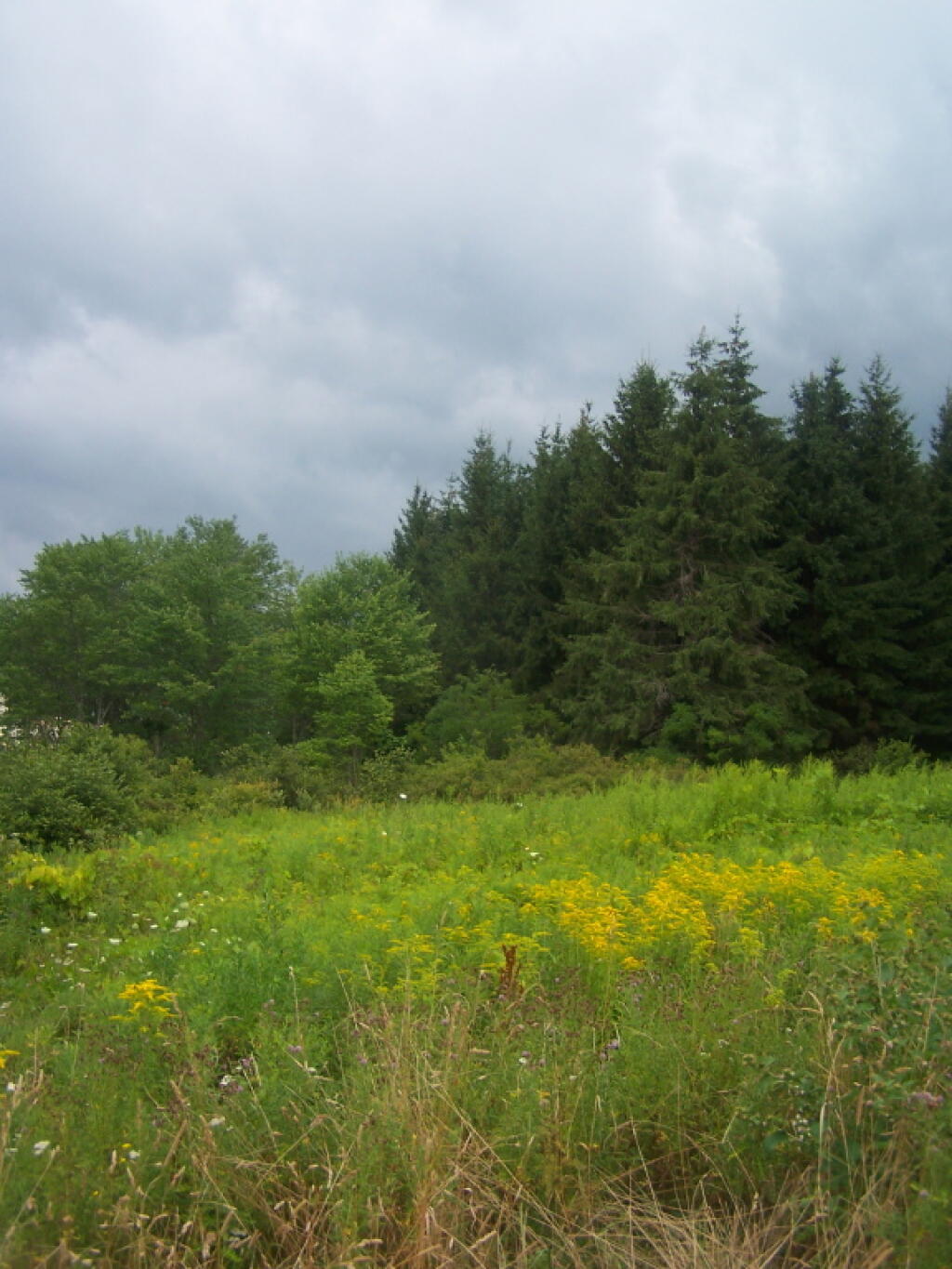

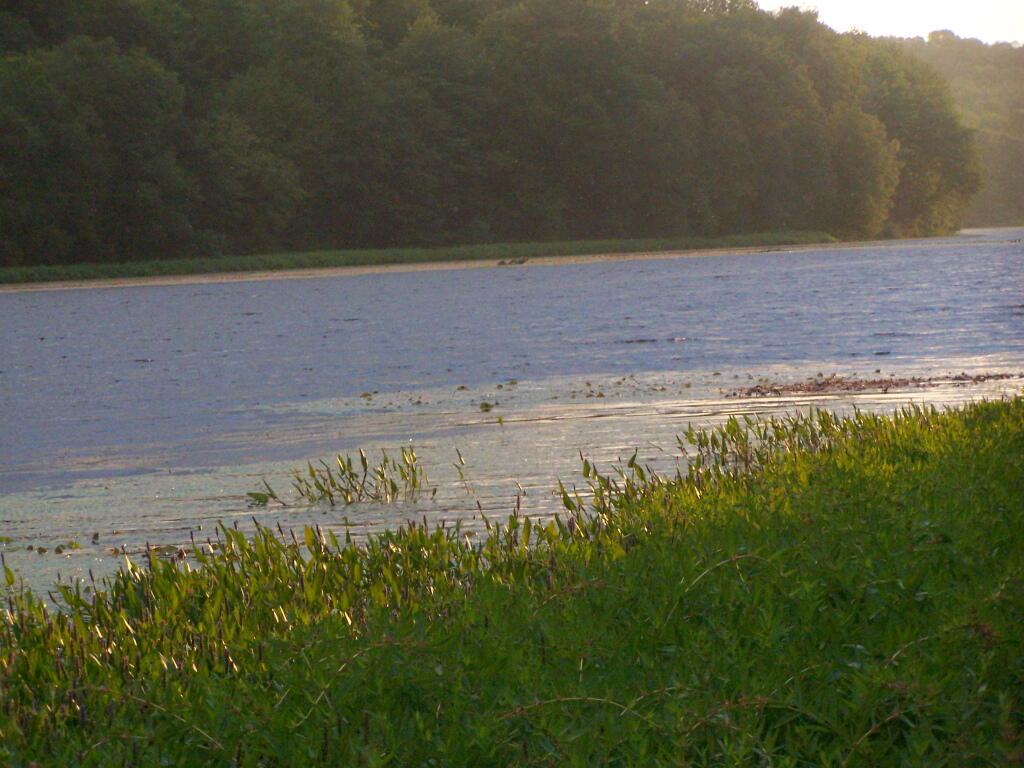


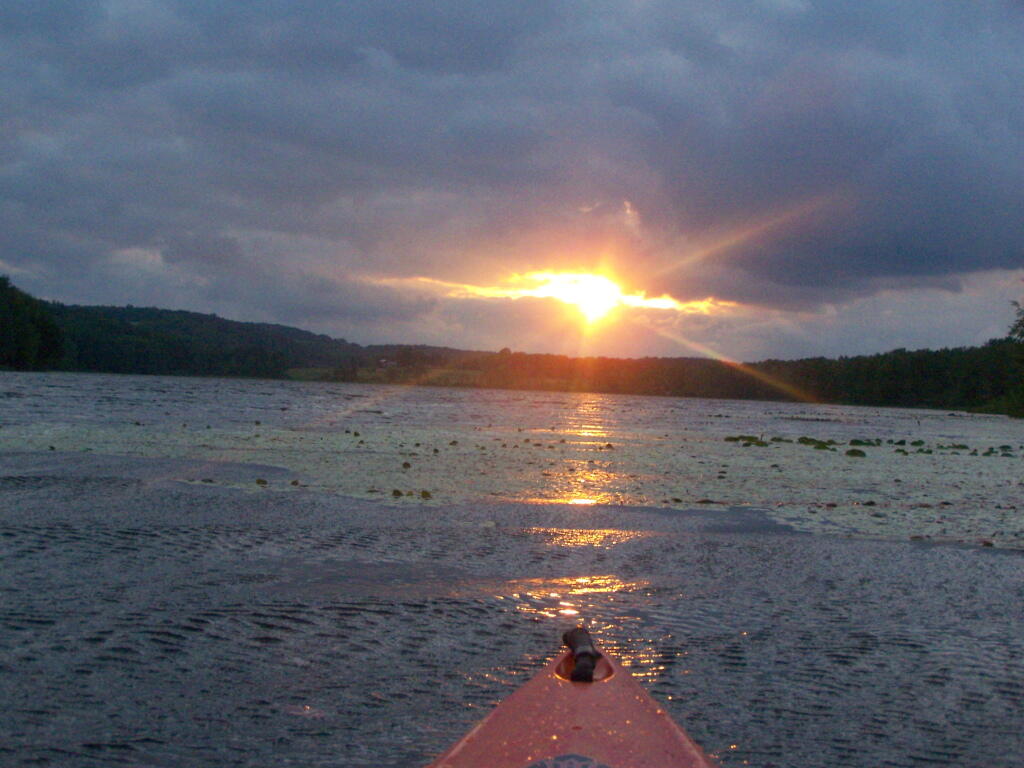

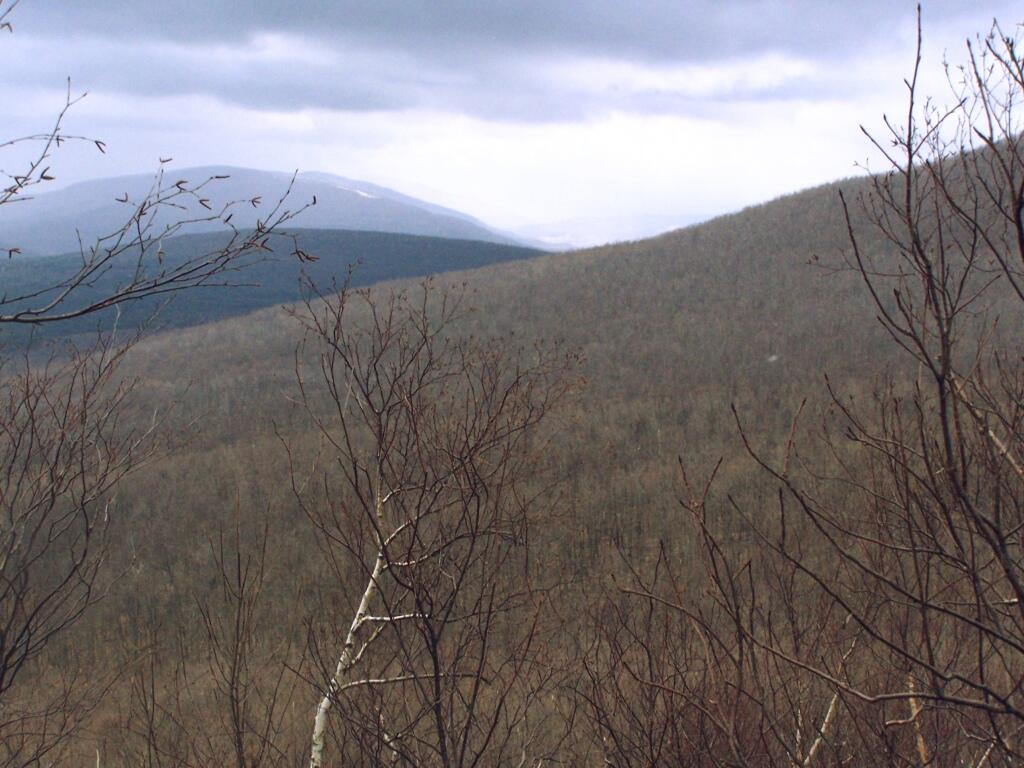

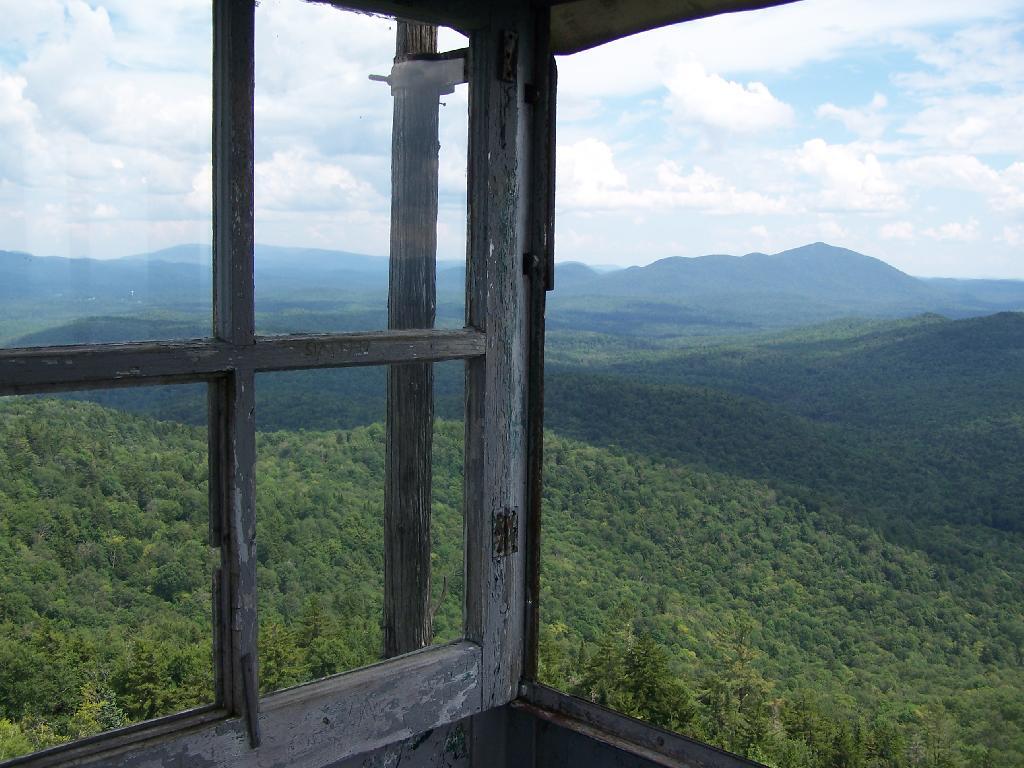
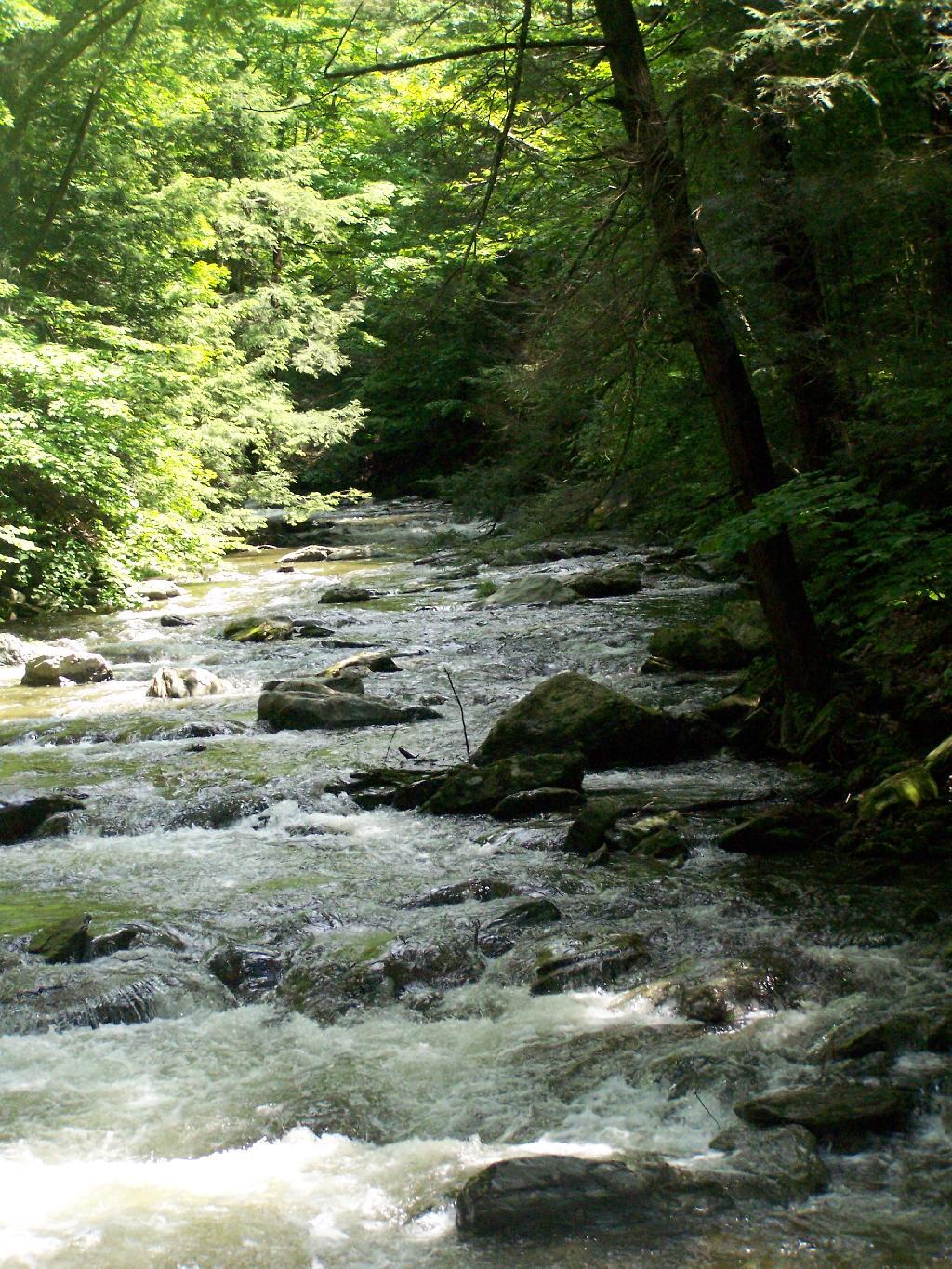
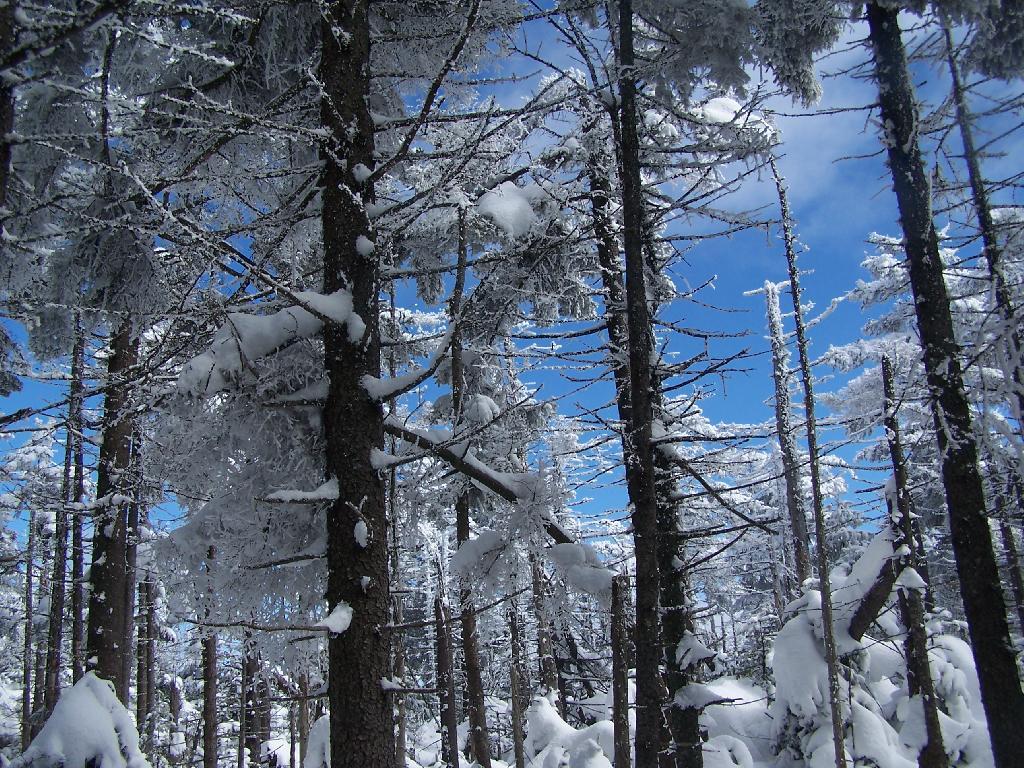
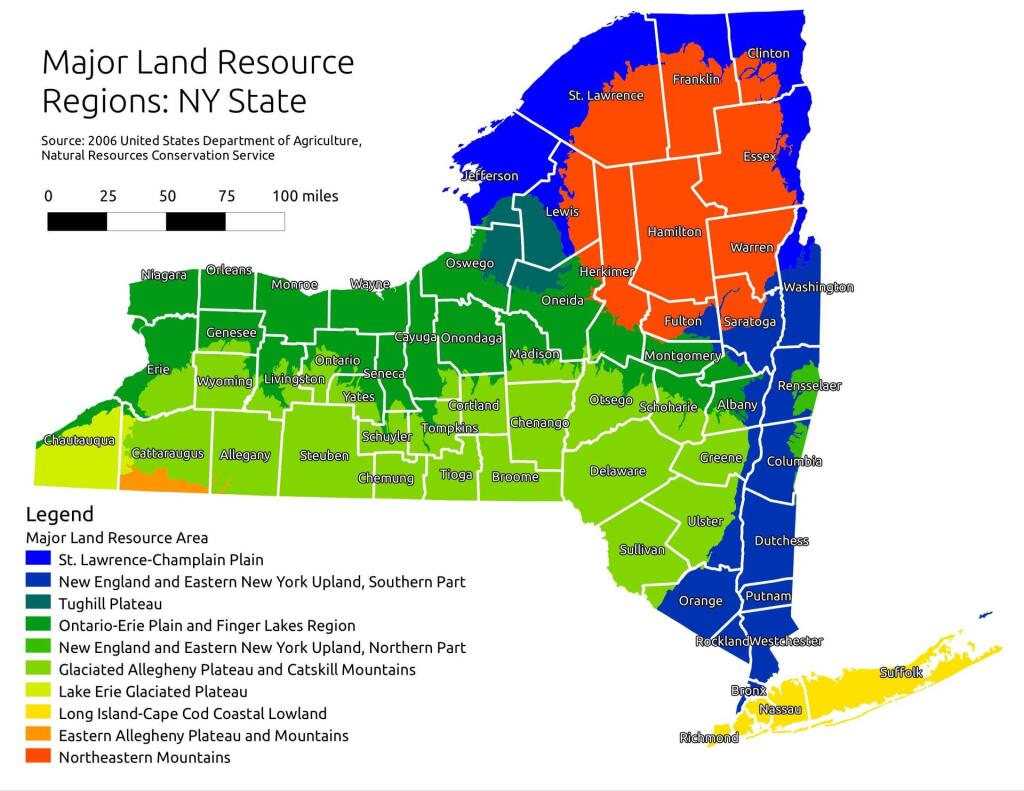
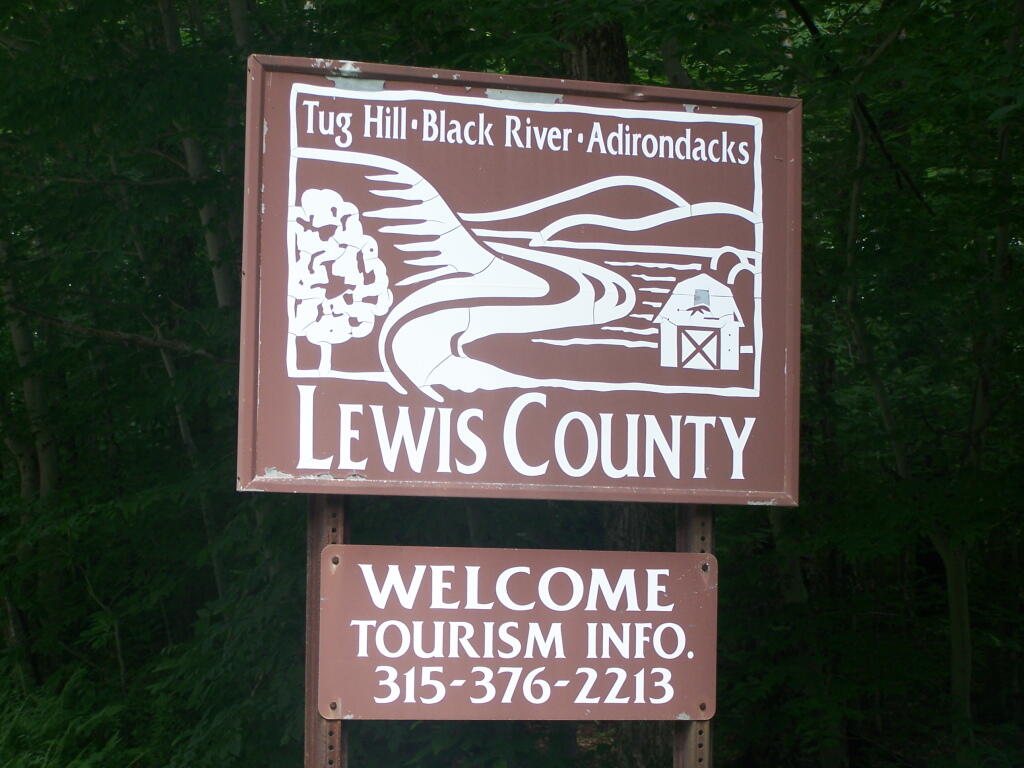
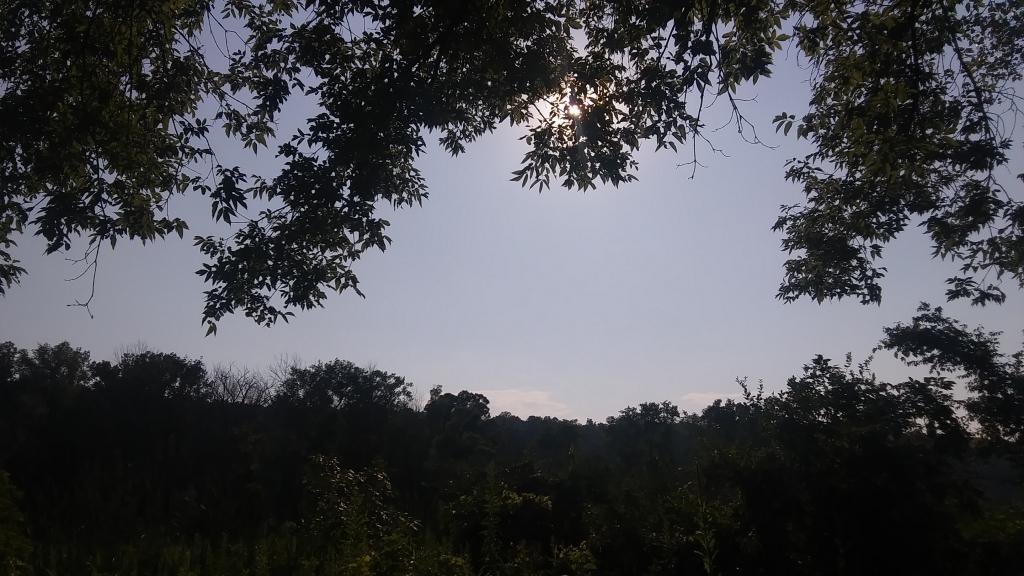
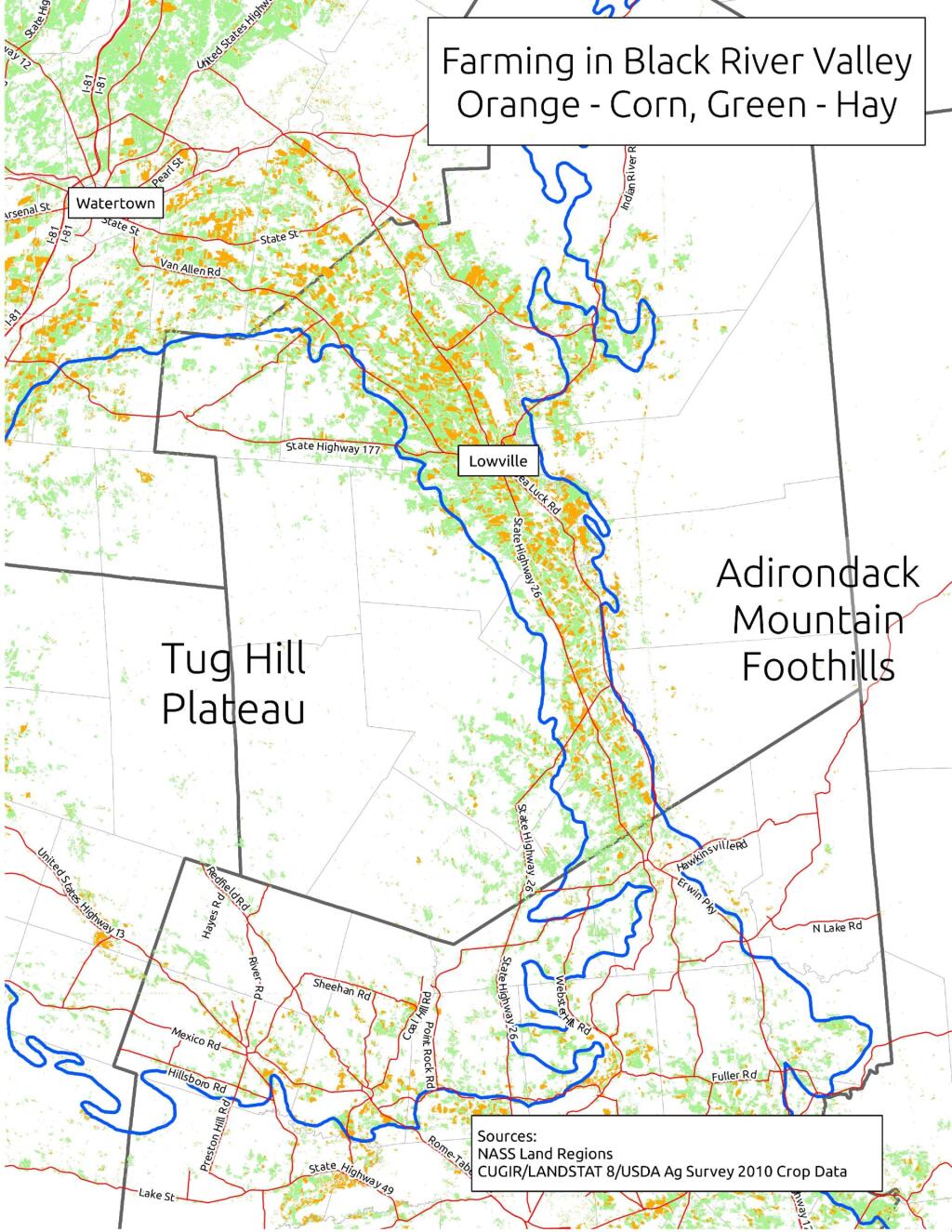
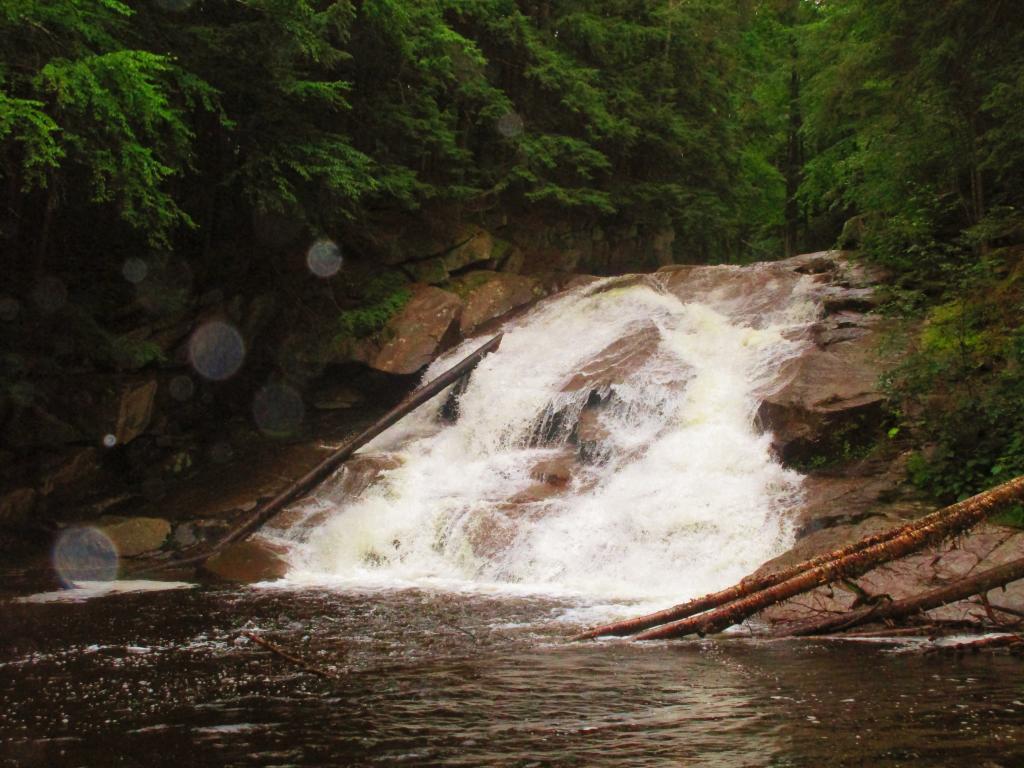
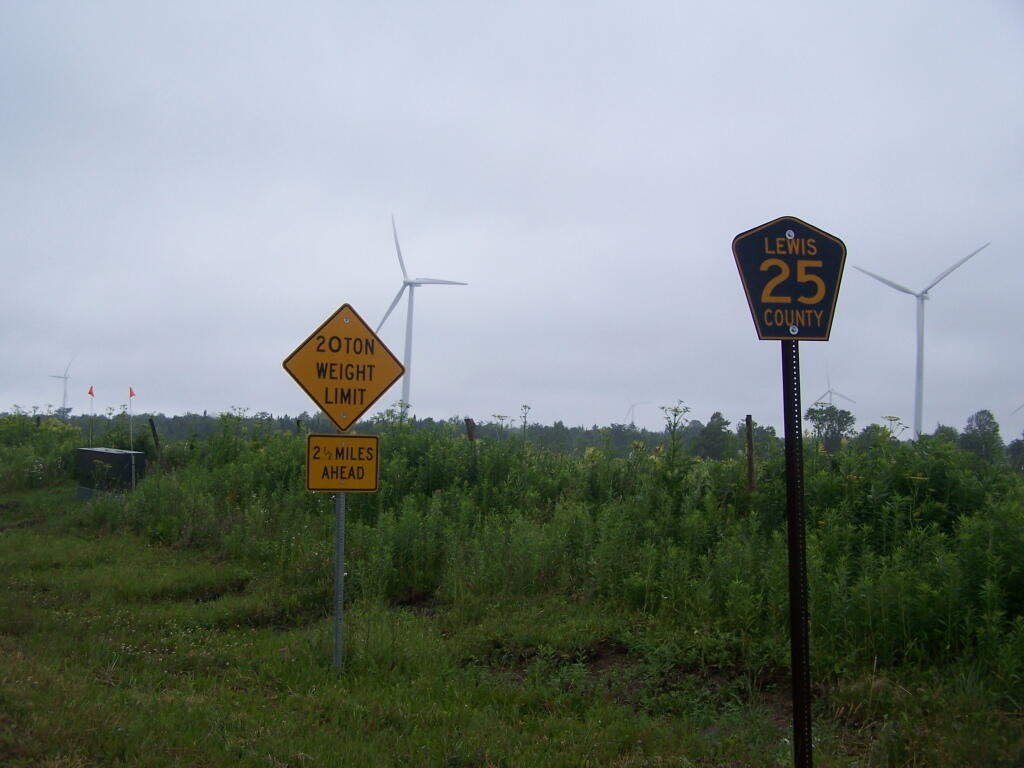
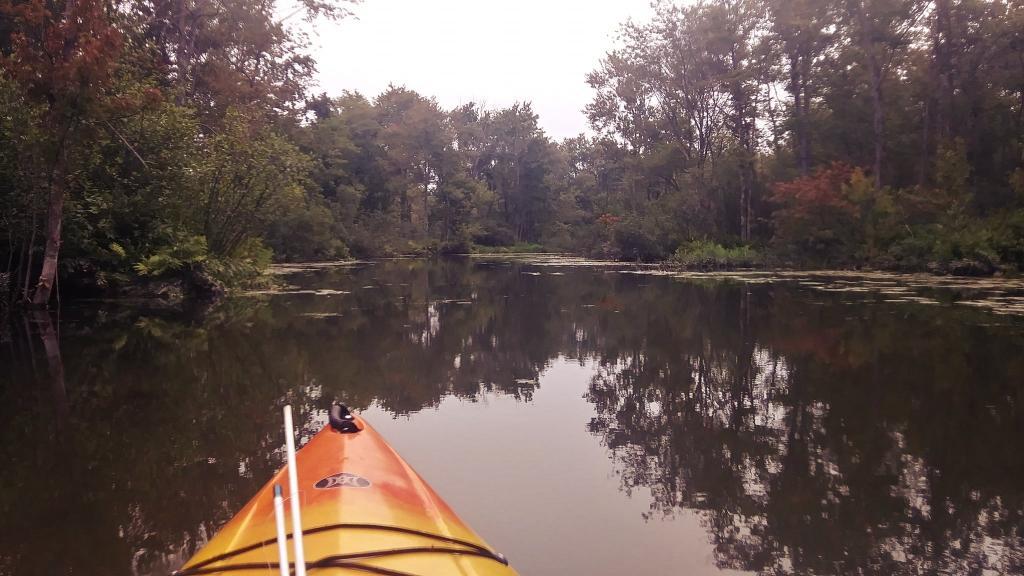
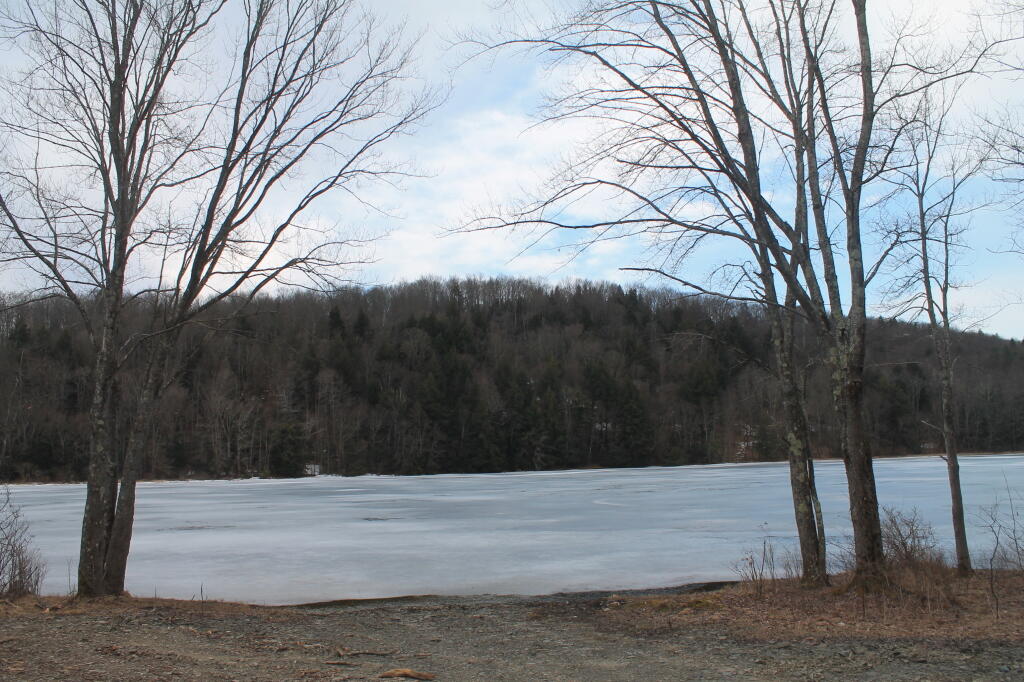
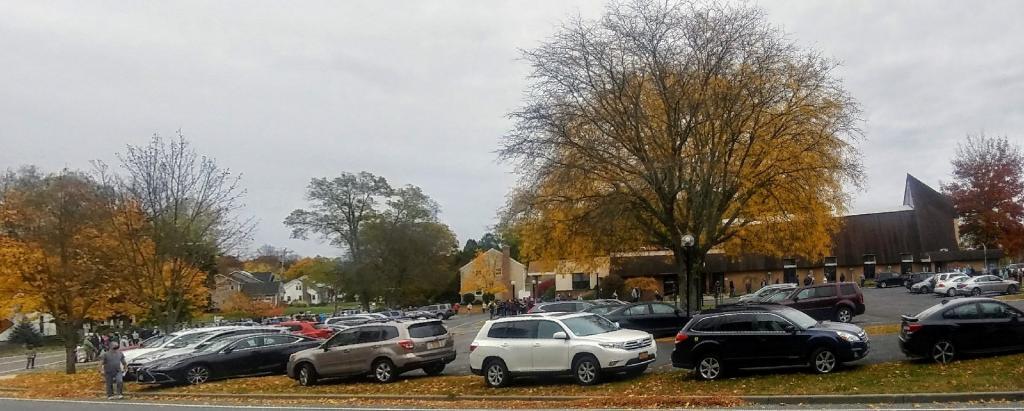


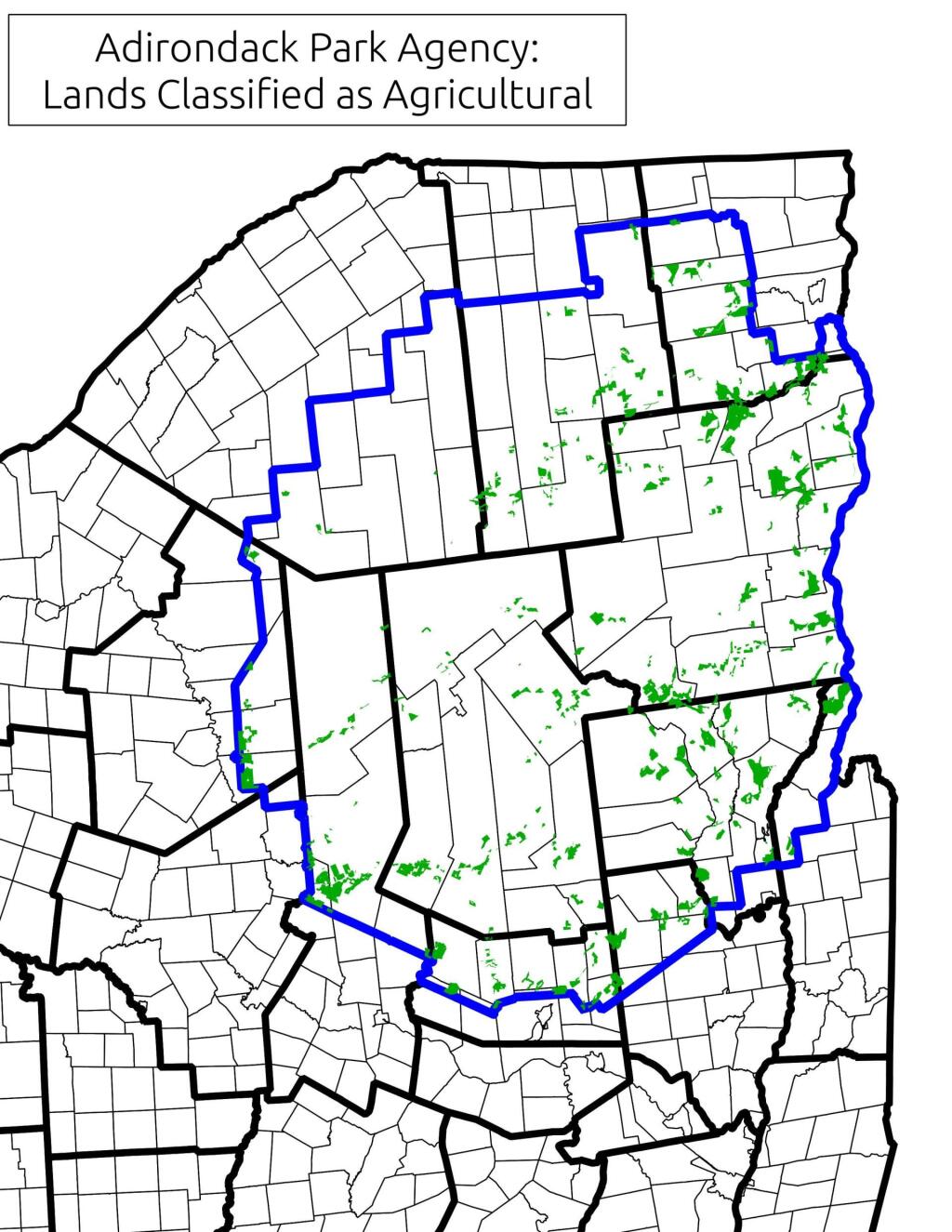

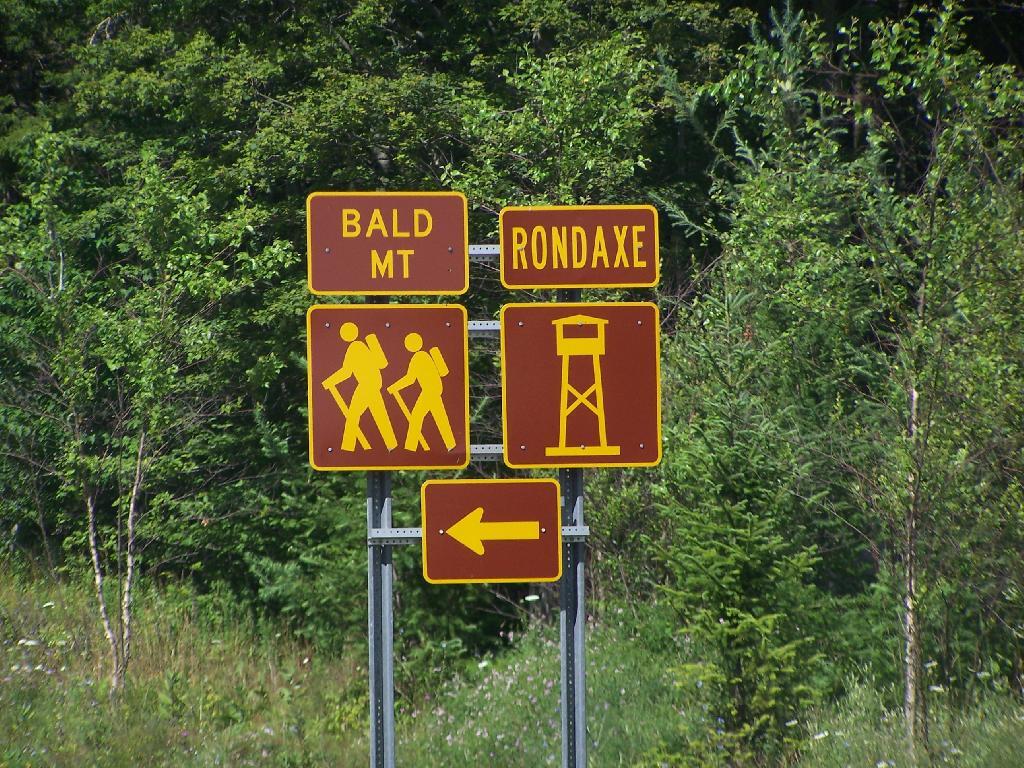
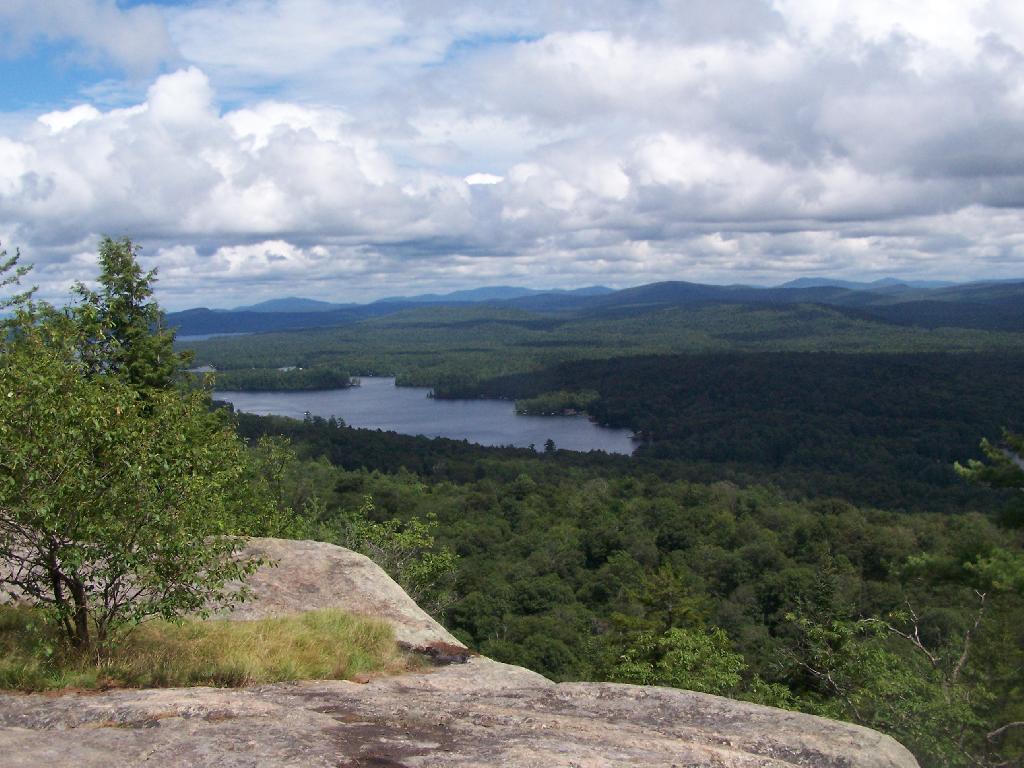


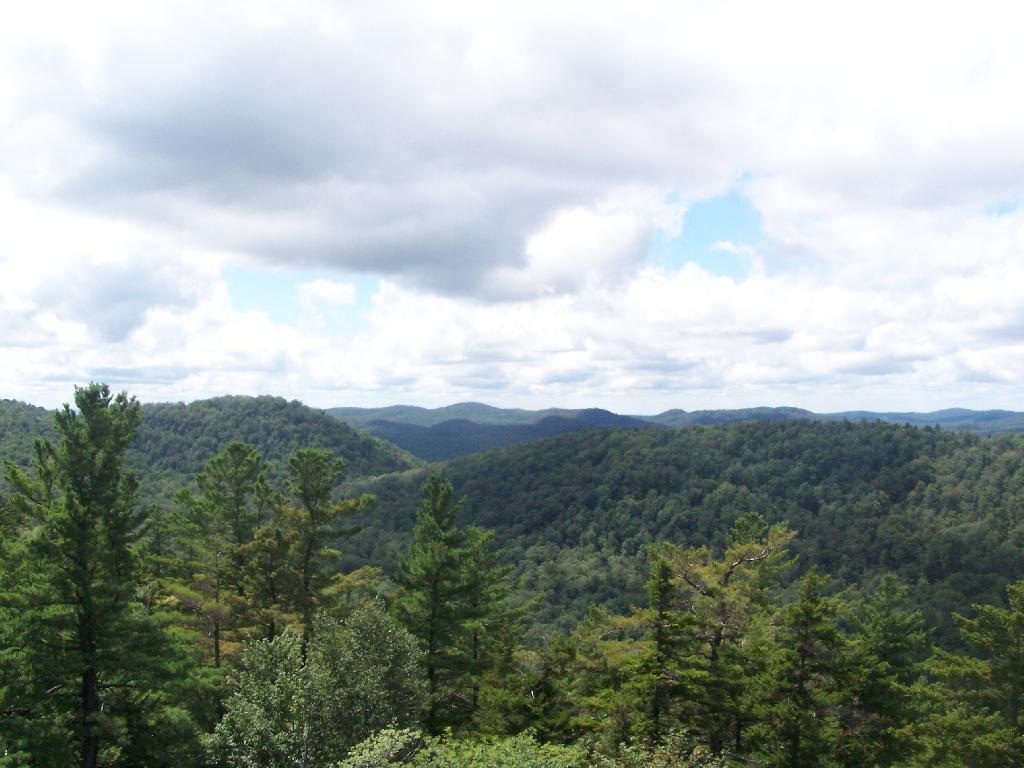
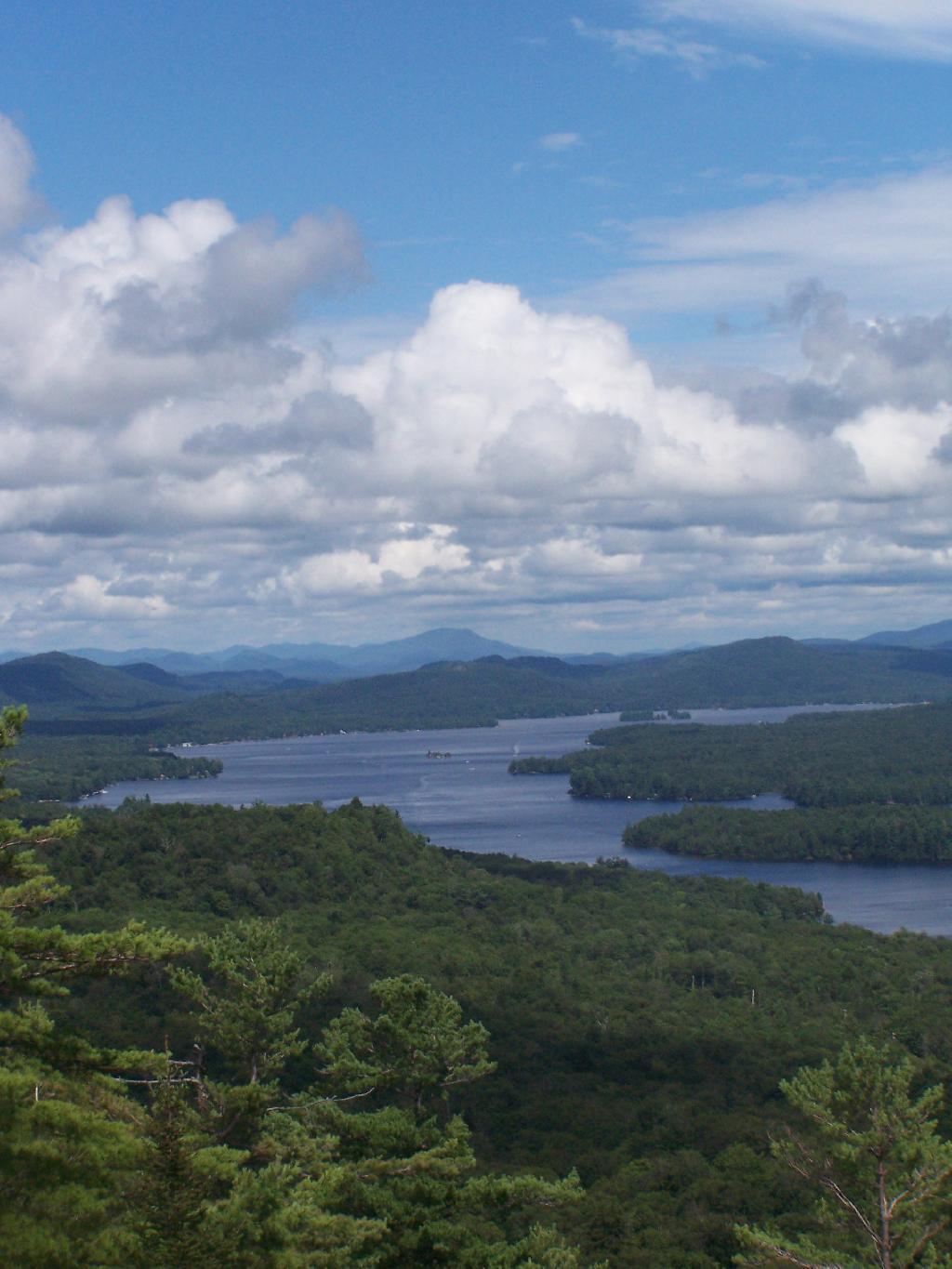
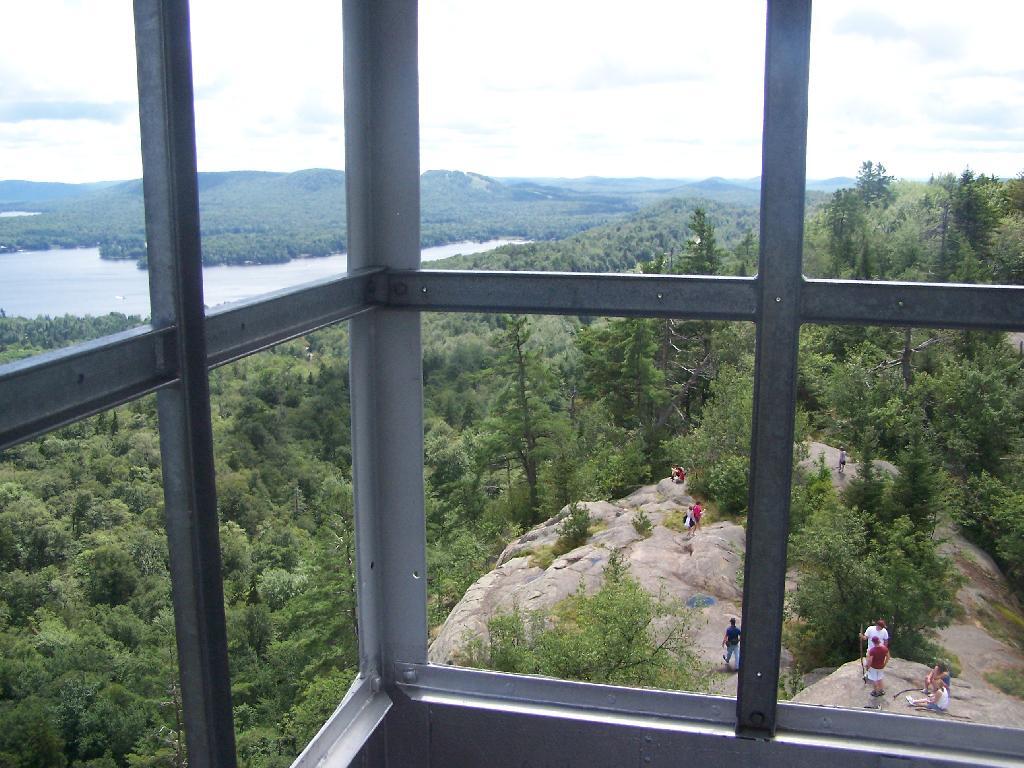
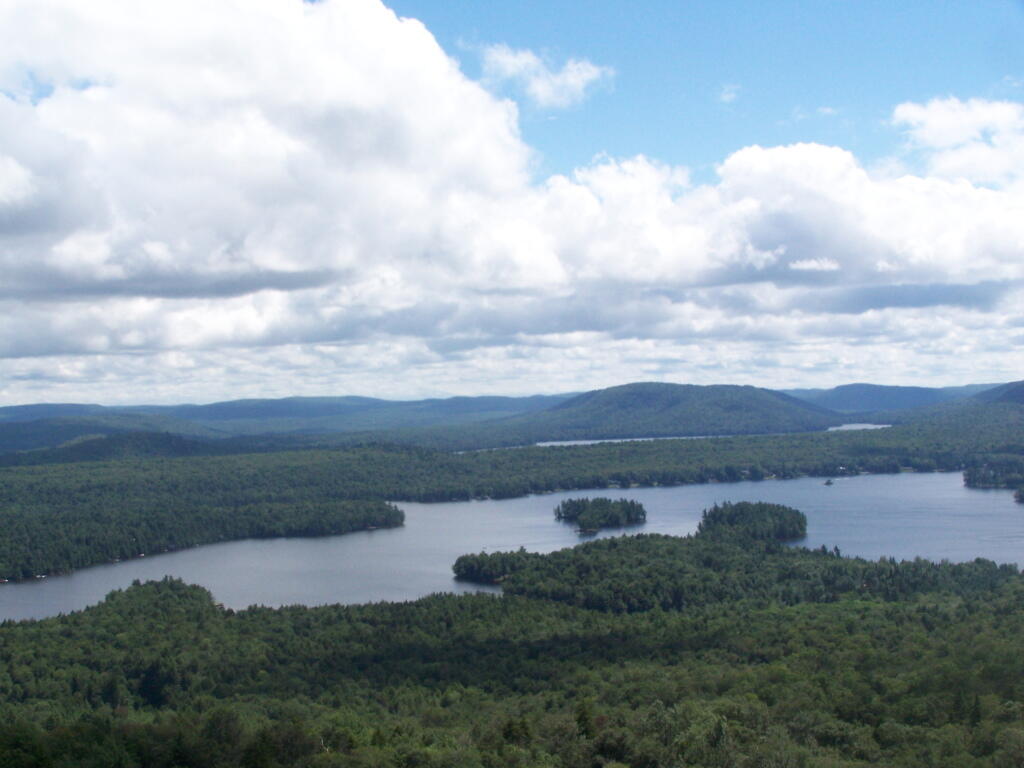
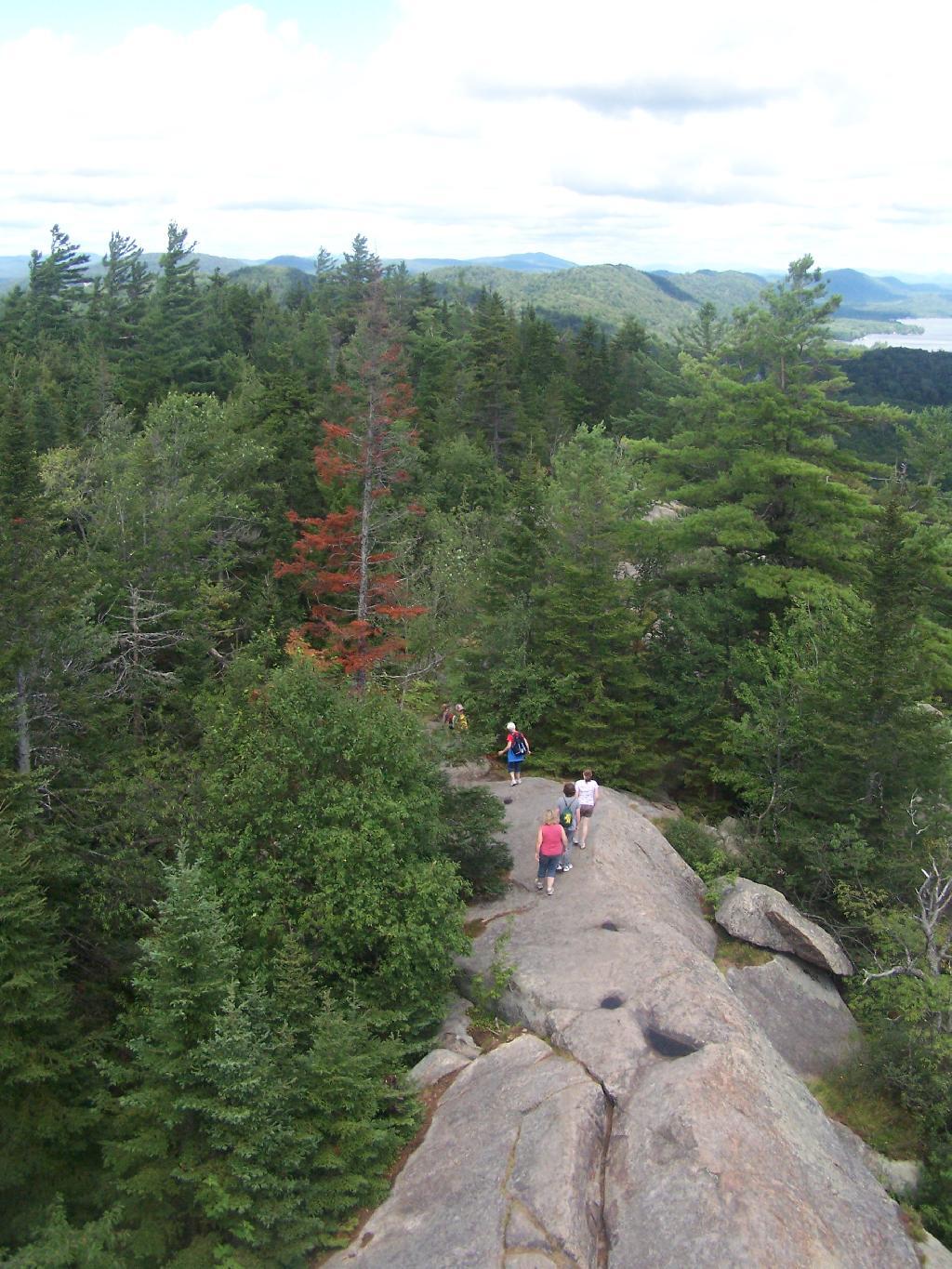
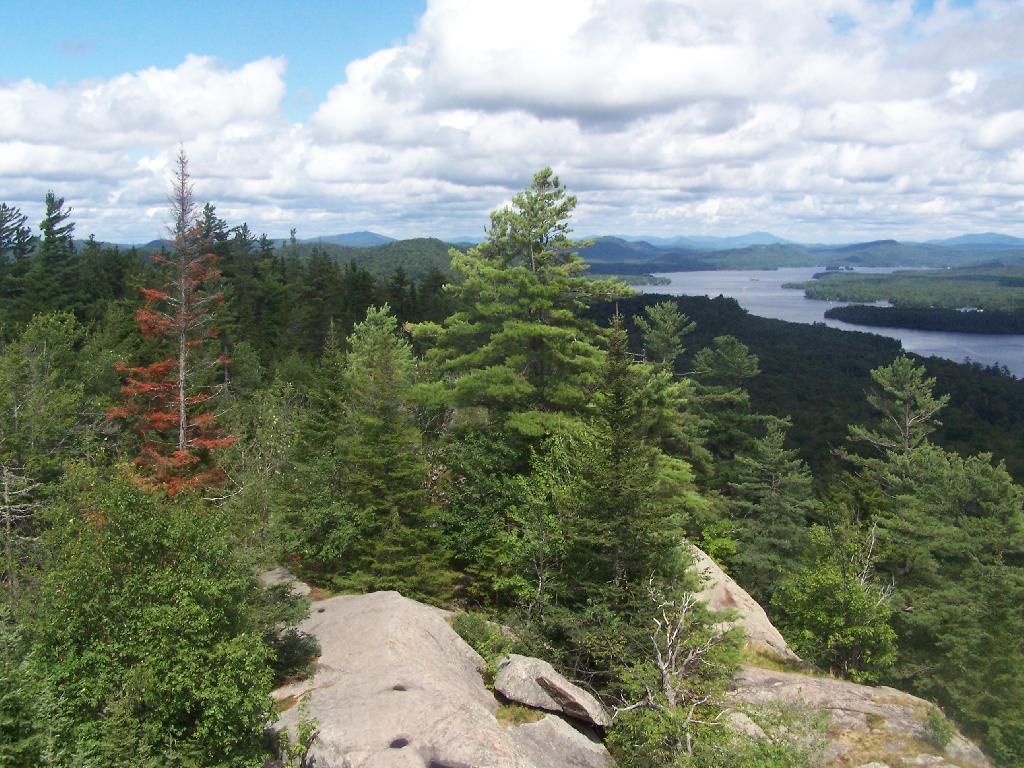
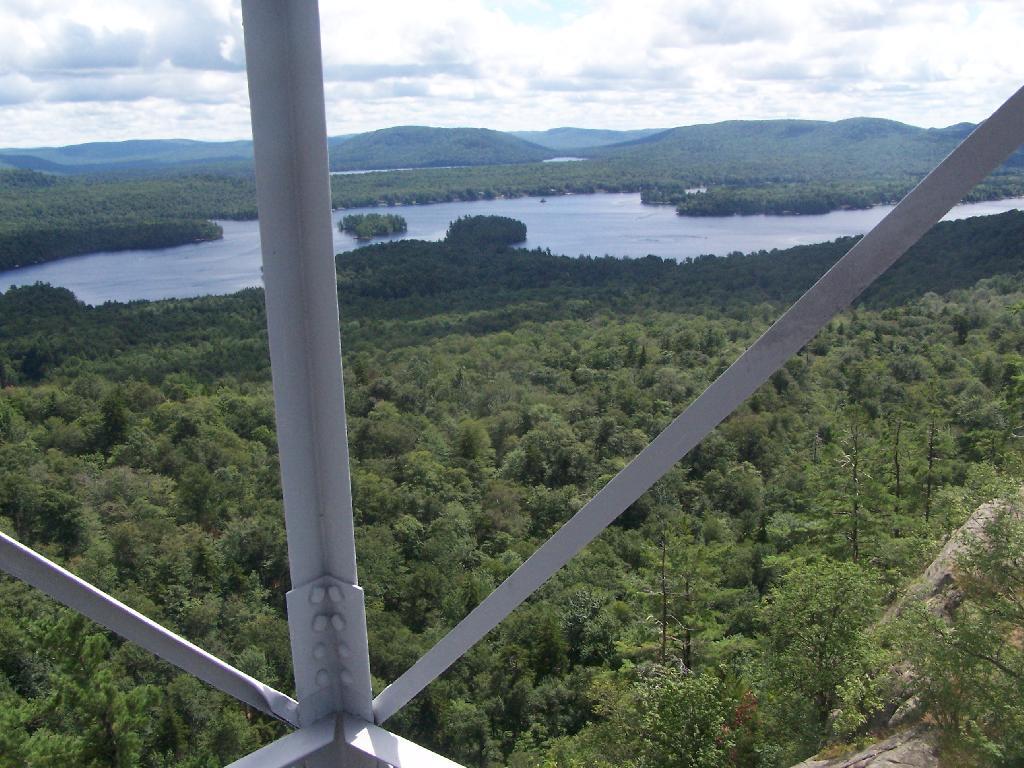
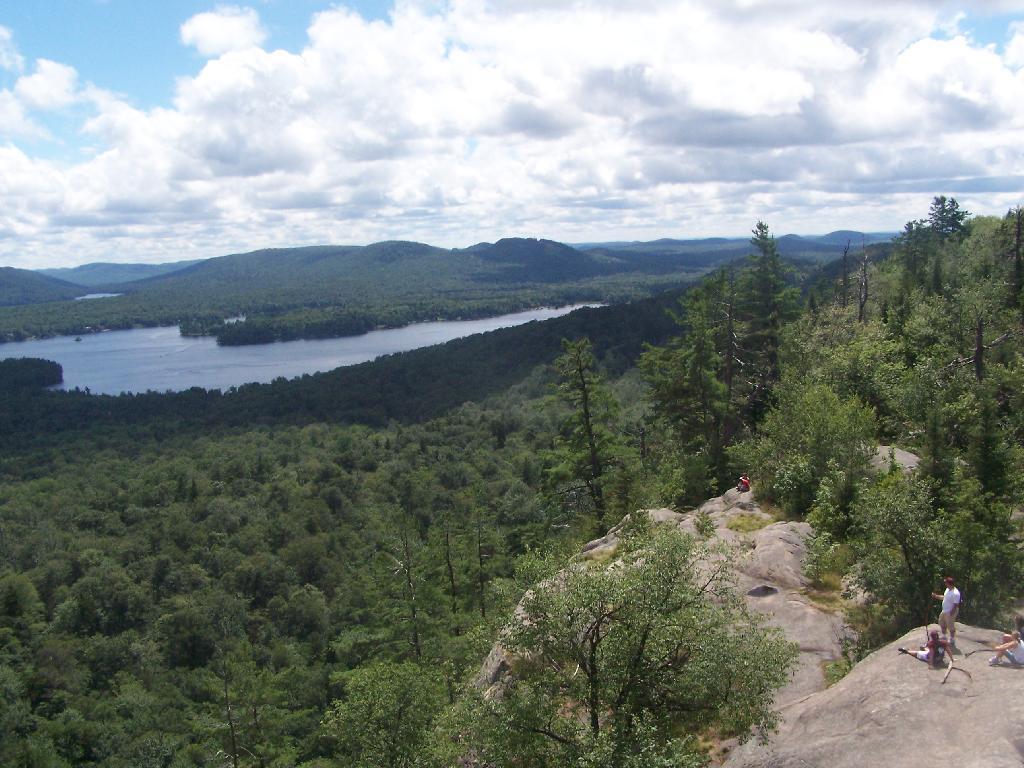
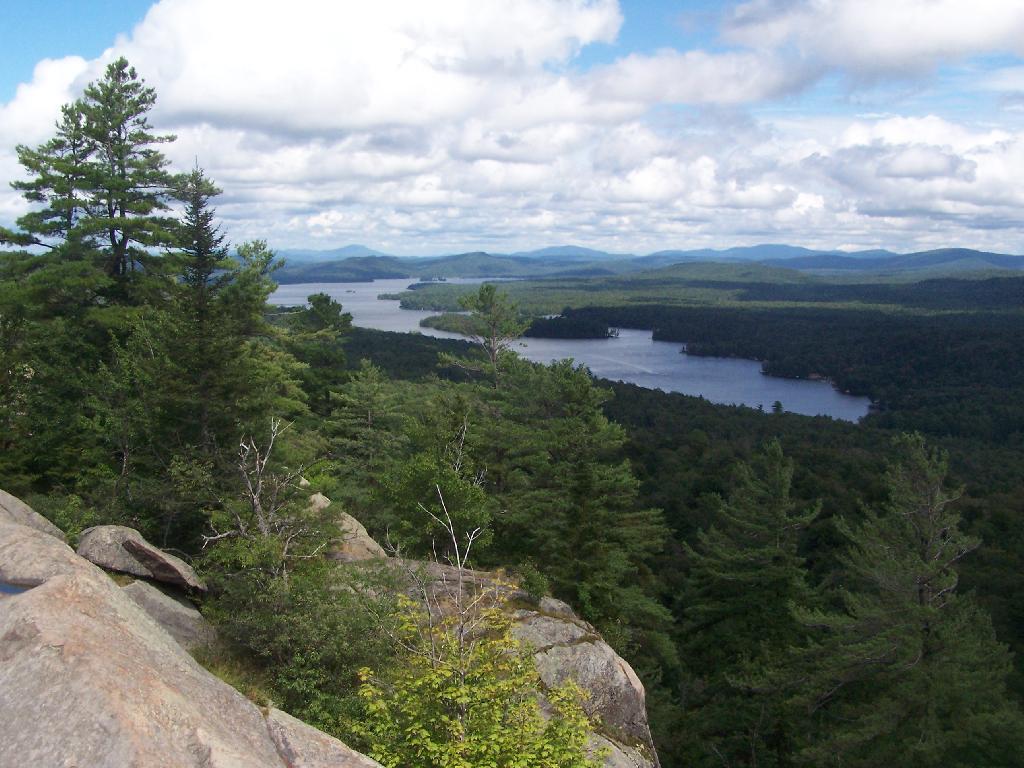


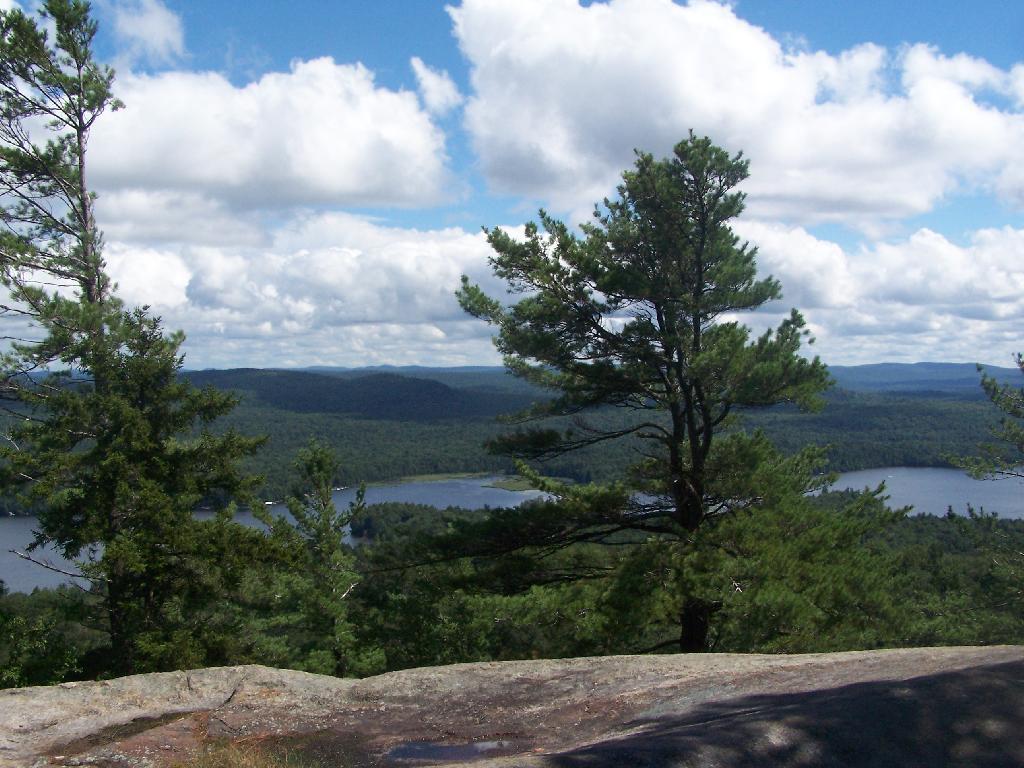
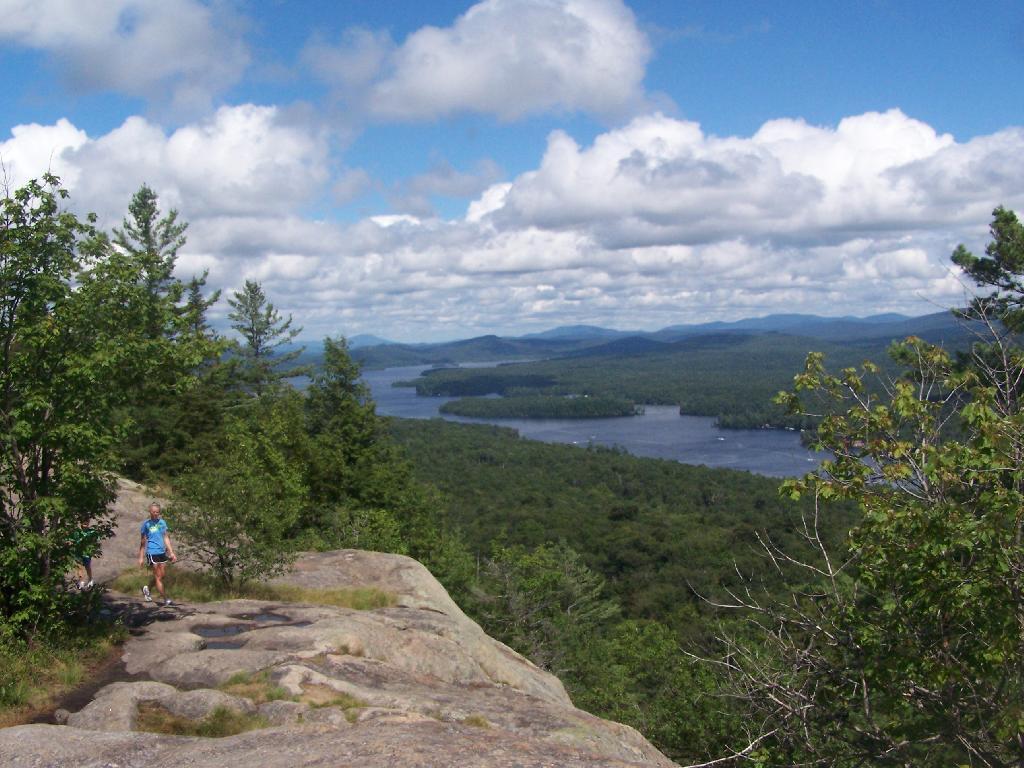
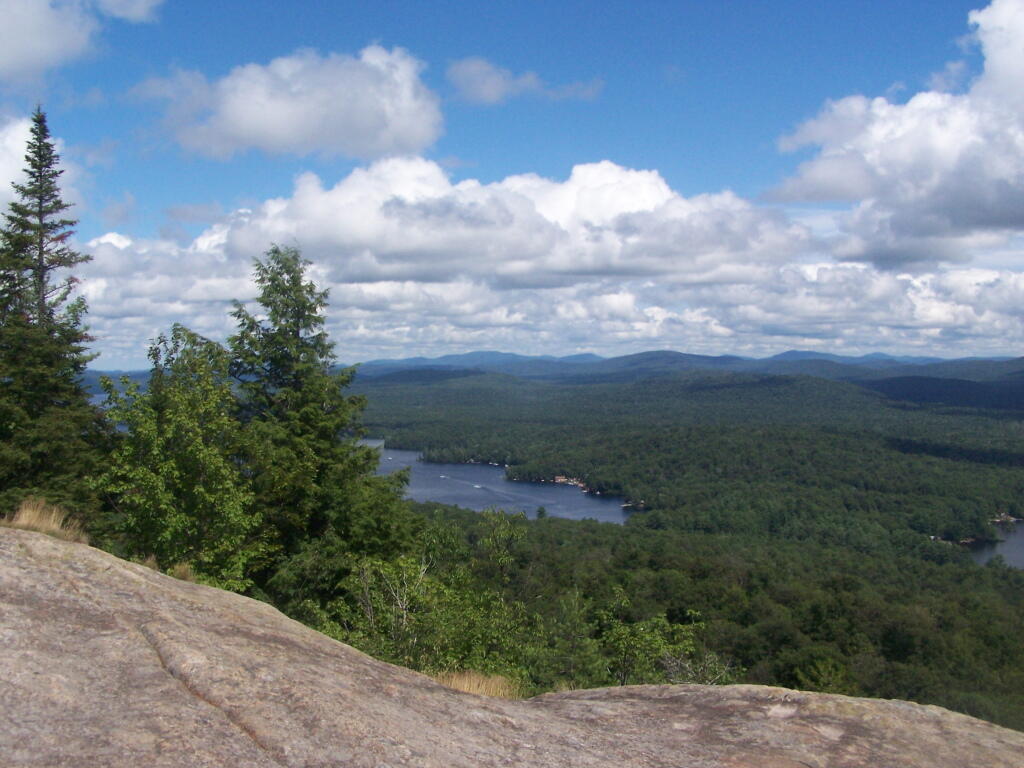
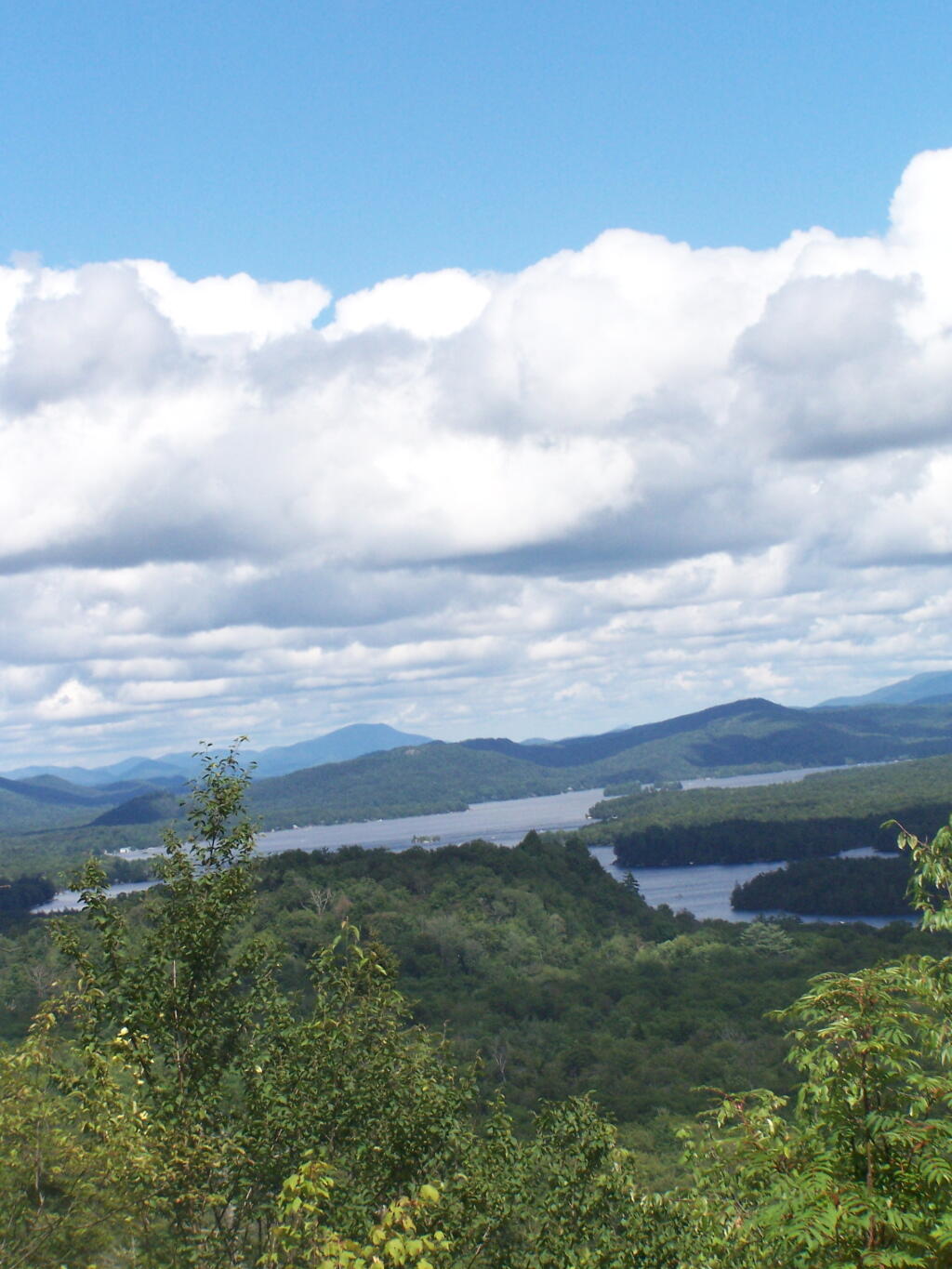

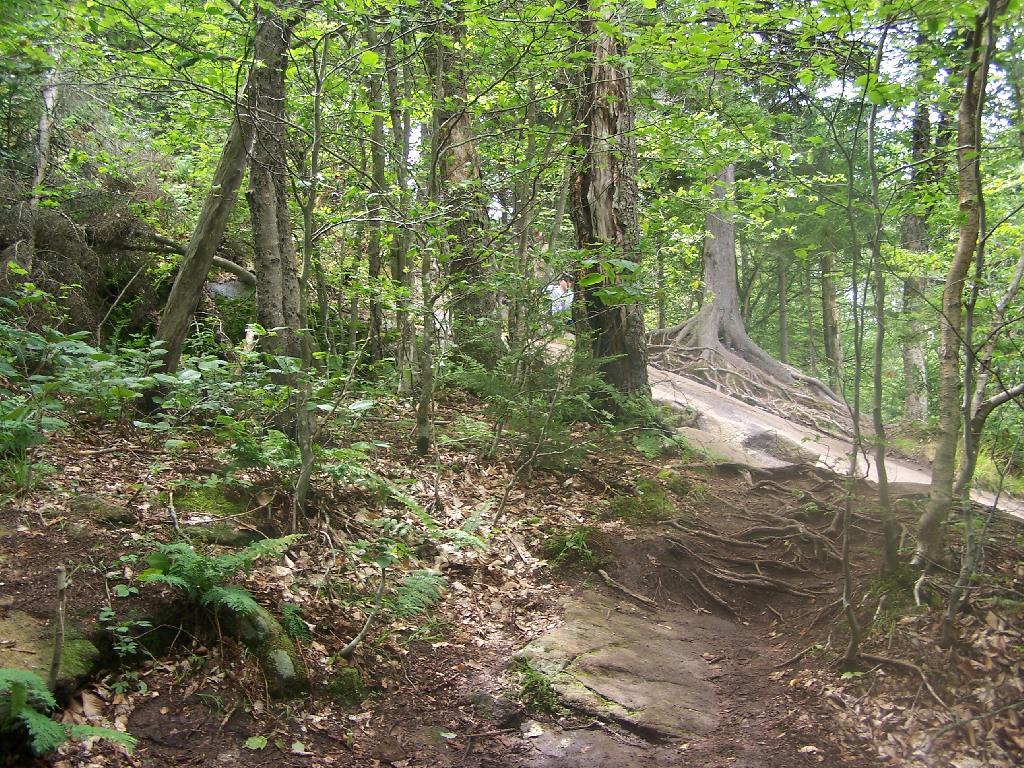
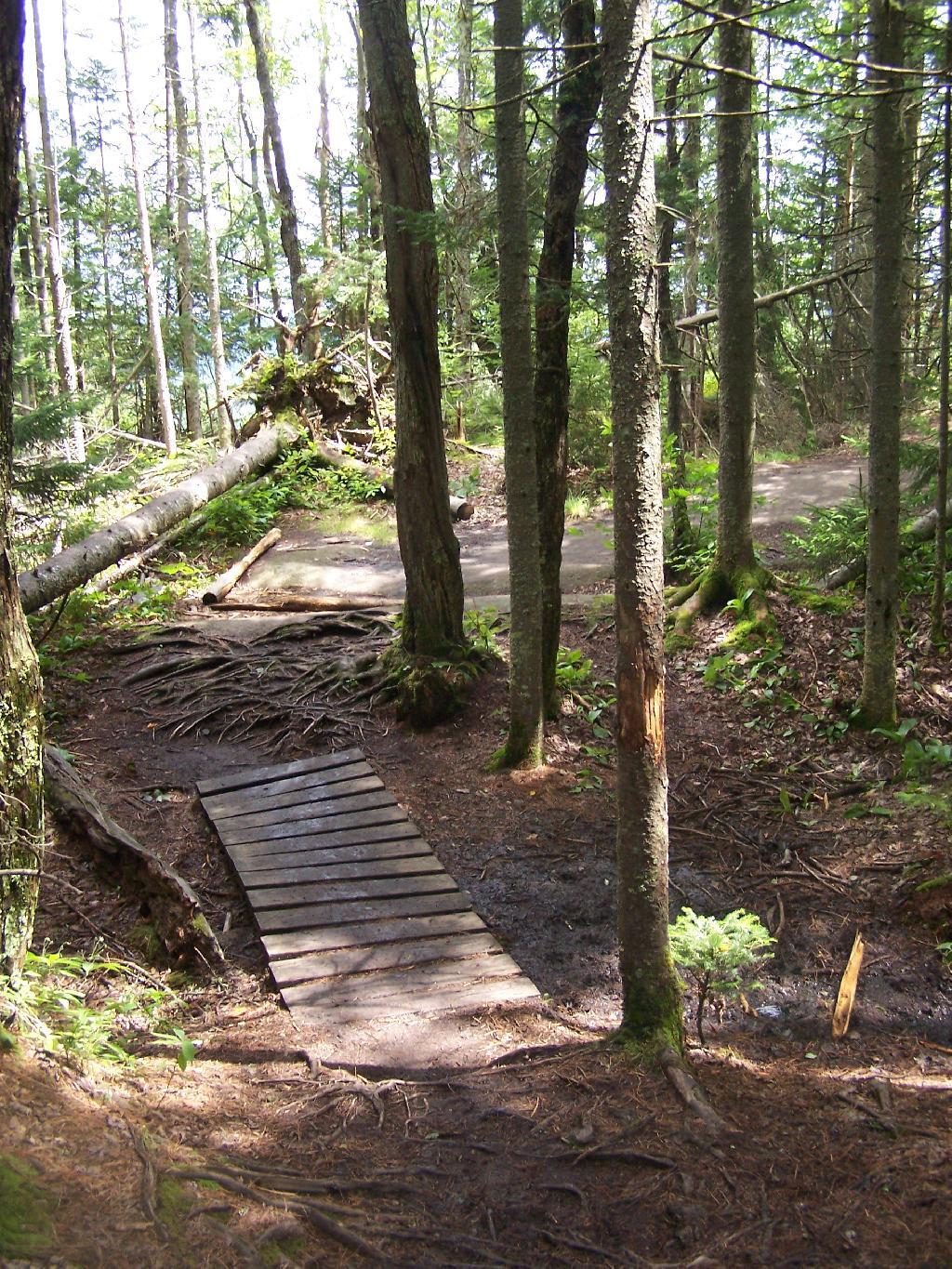
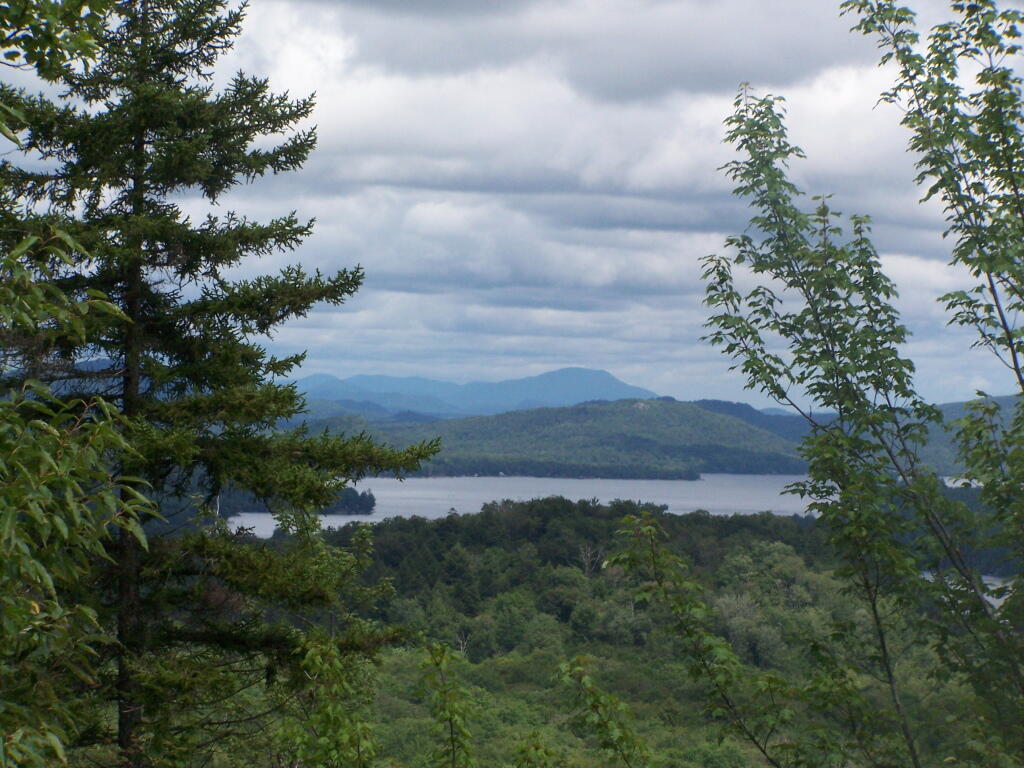

![Untitled [Expires July 27 2024]](https://andyarthur.org//data/photo_005018_large.jpg)
